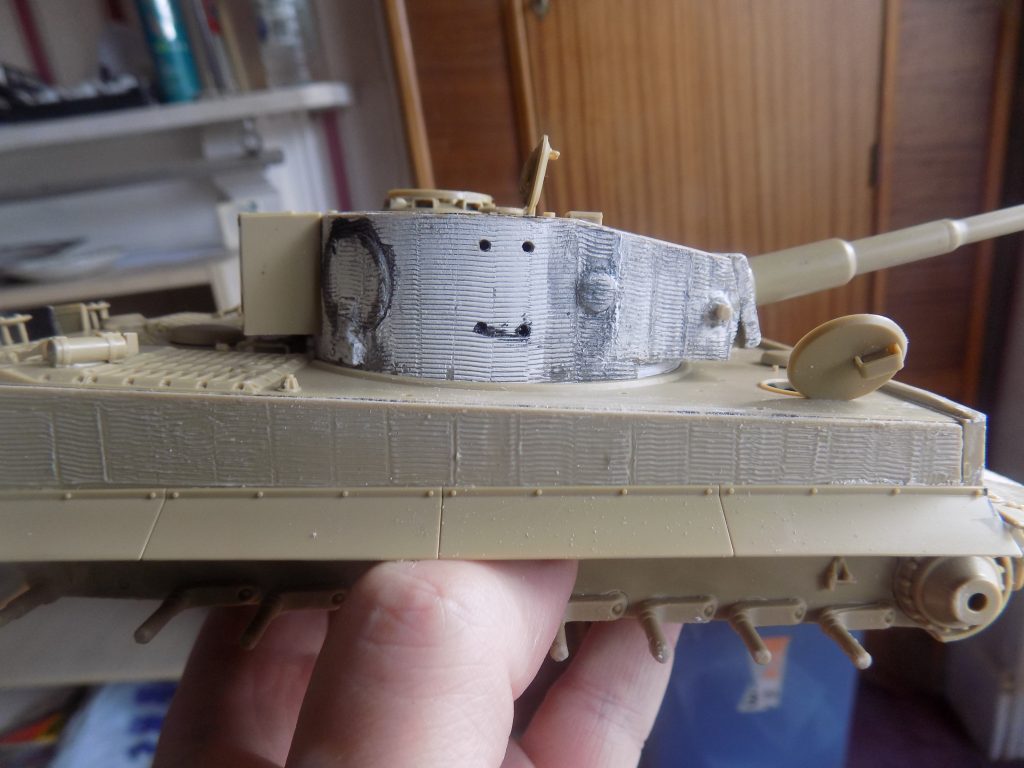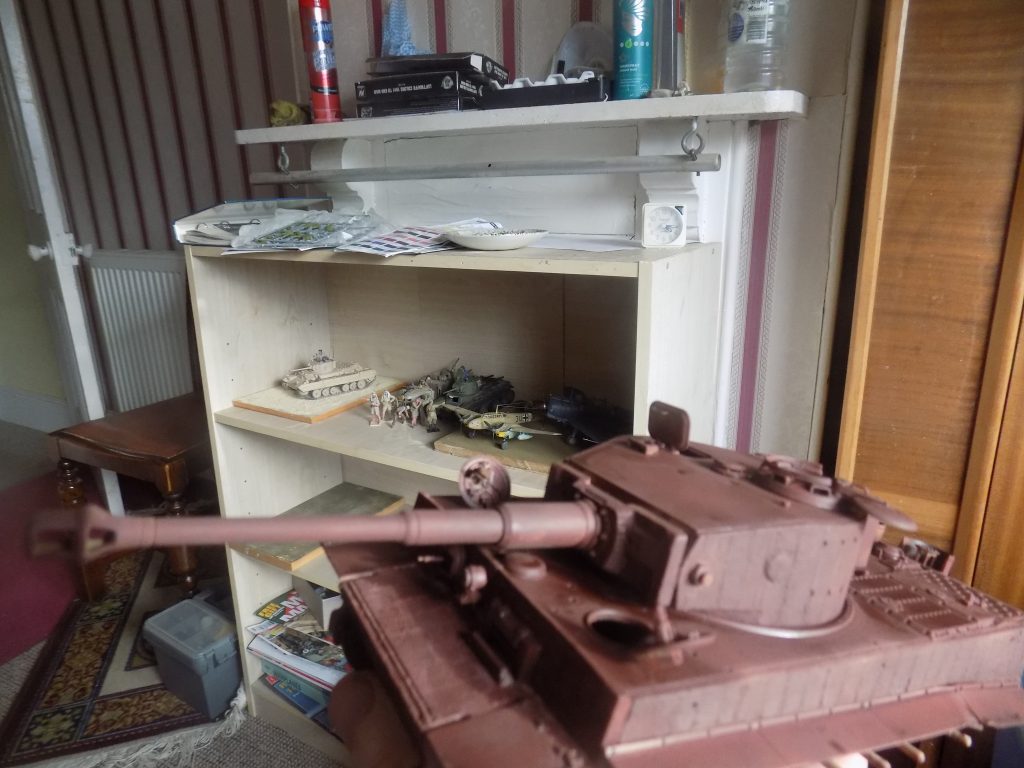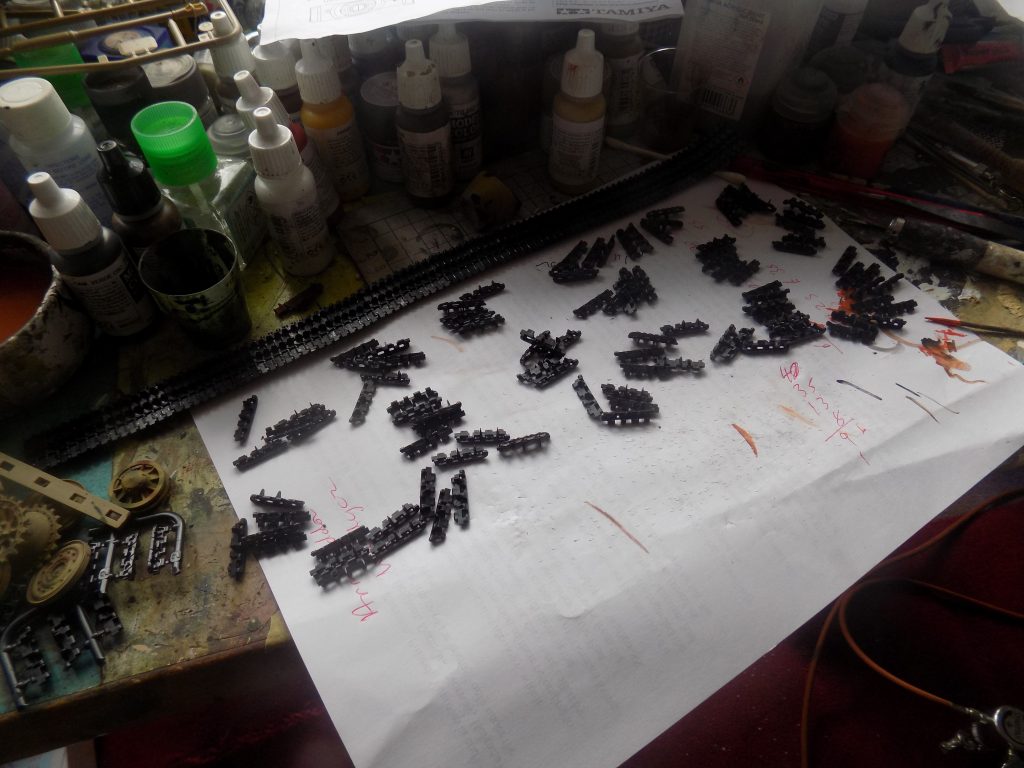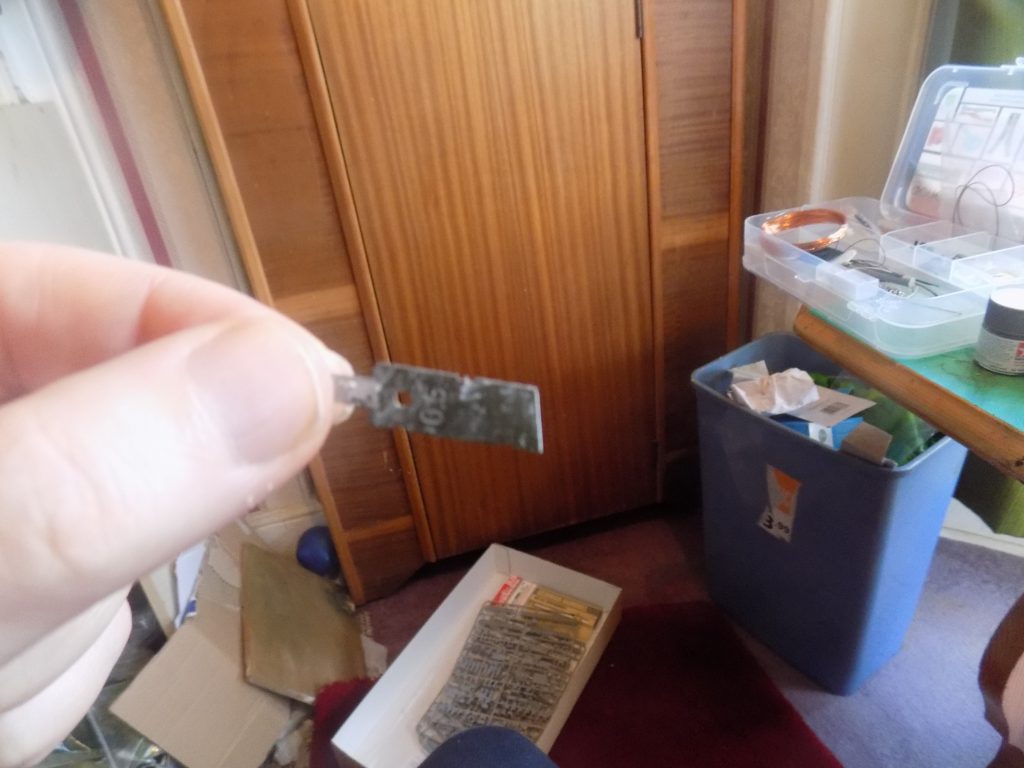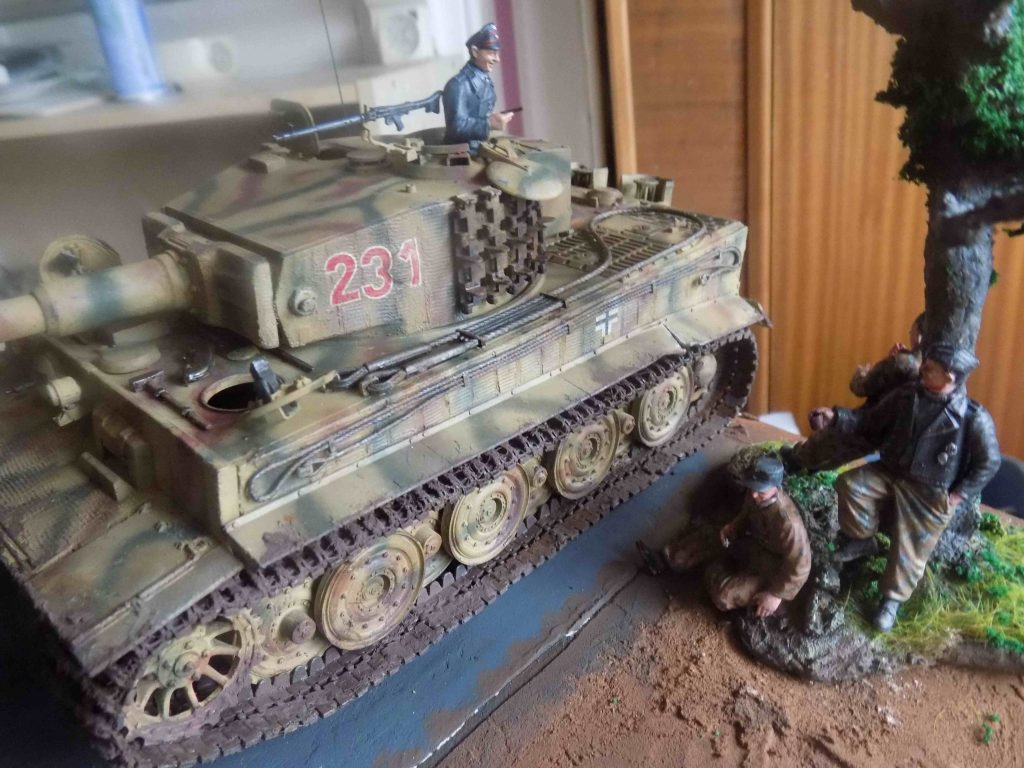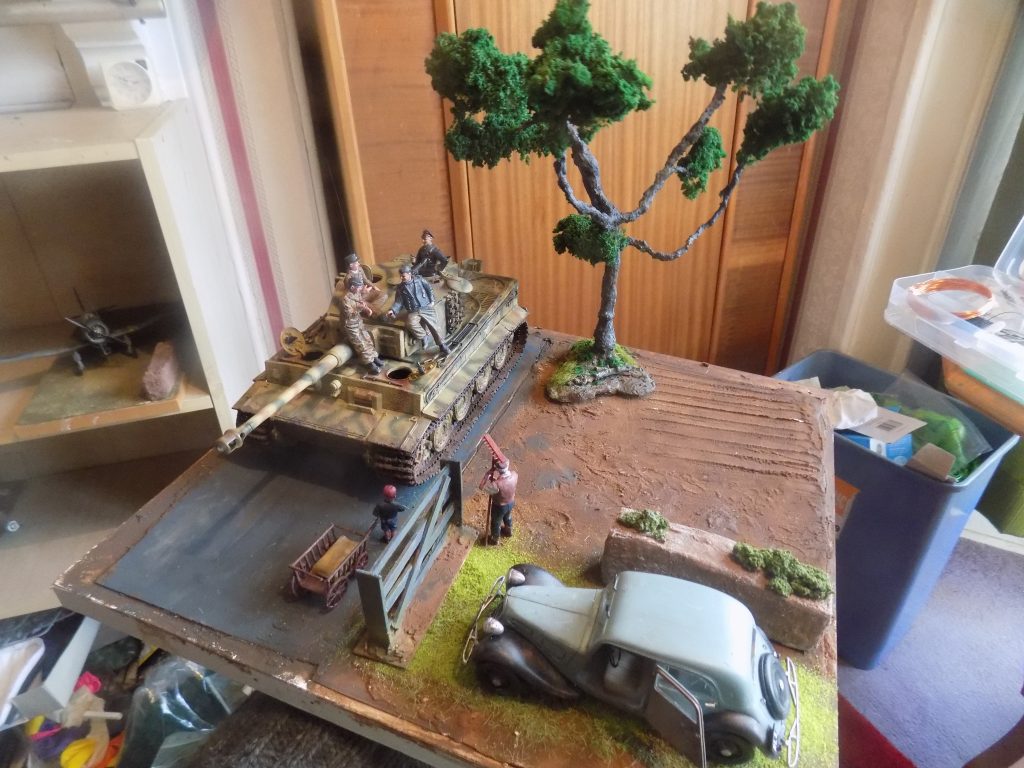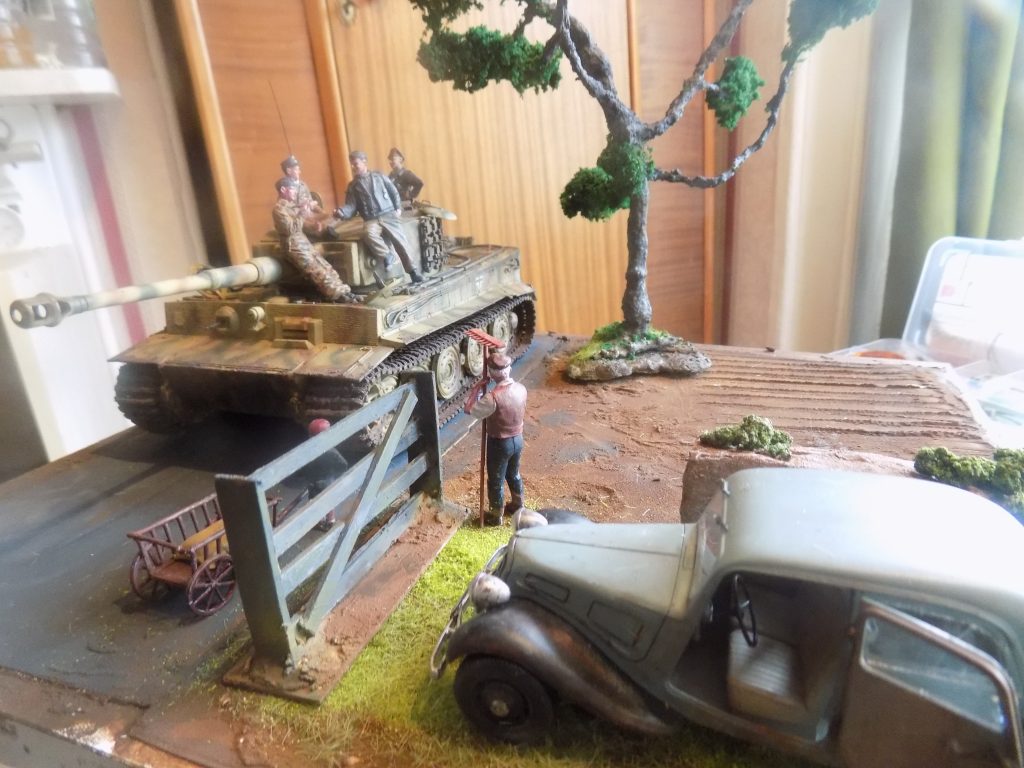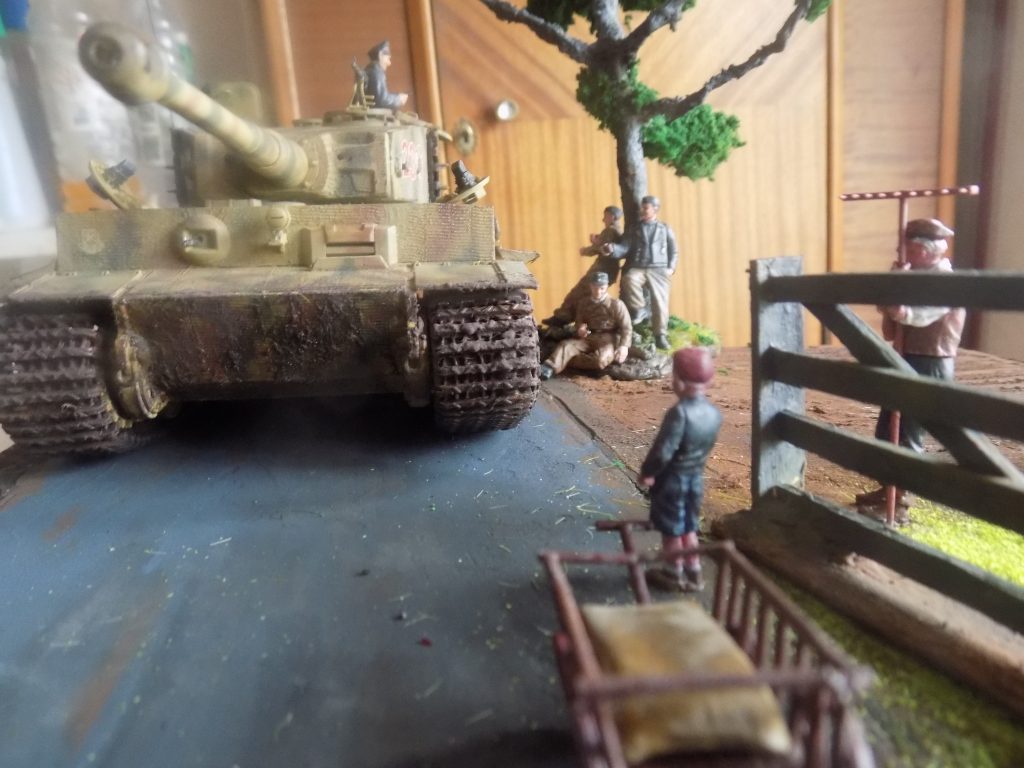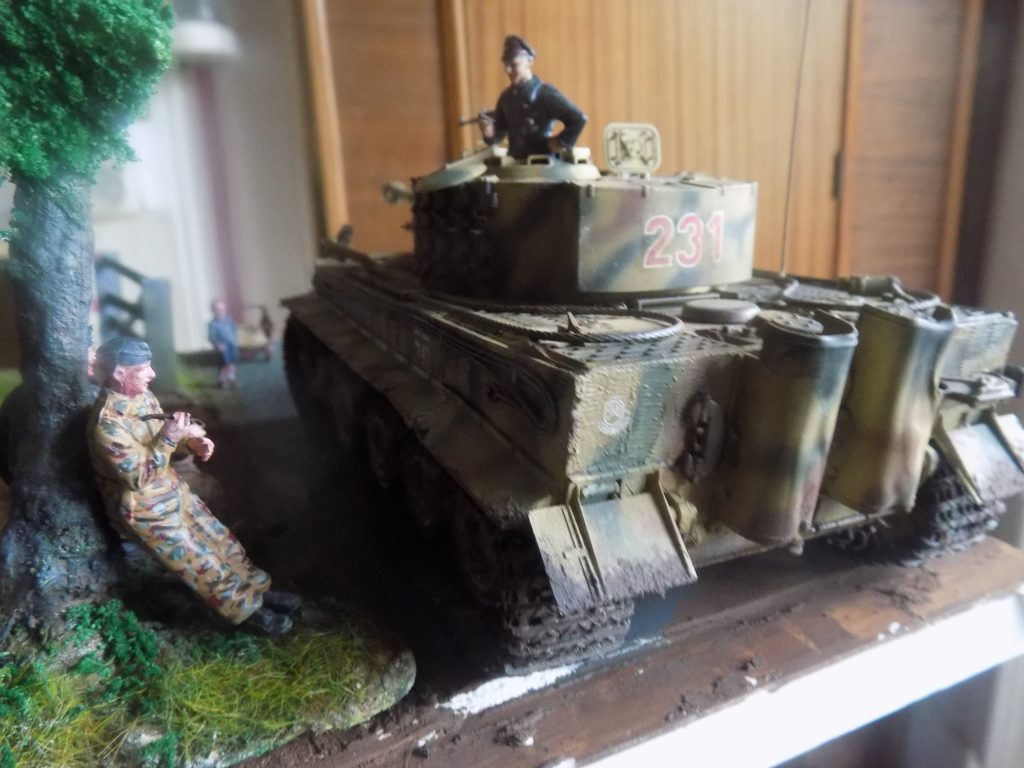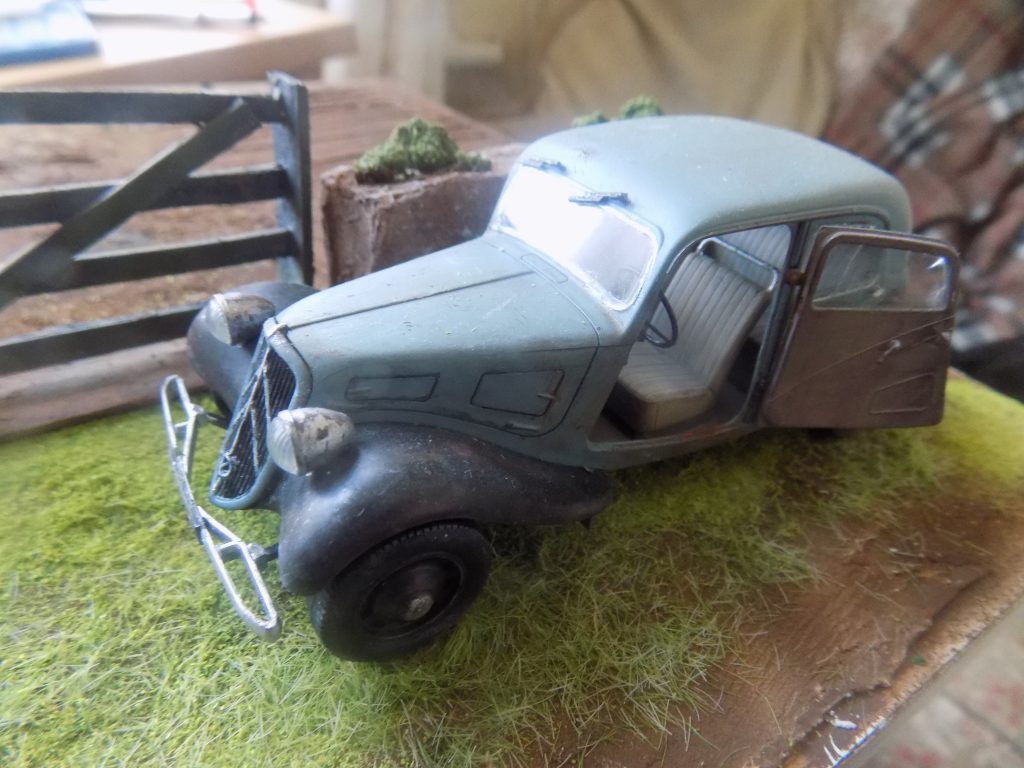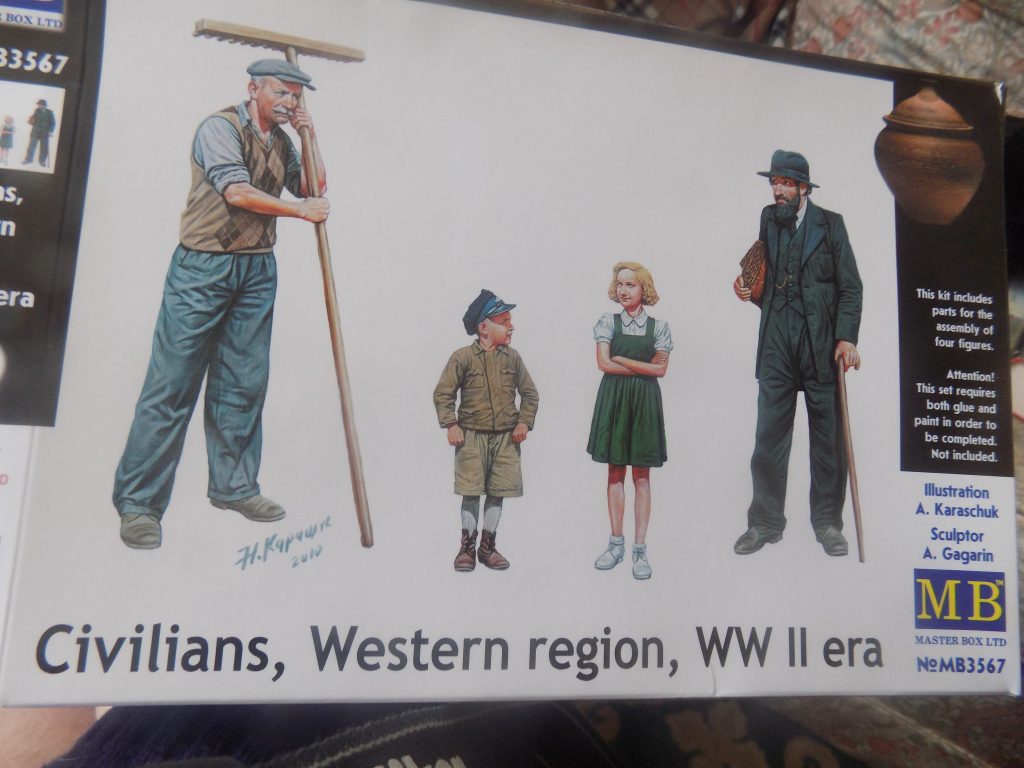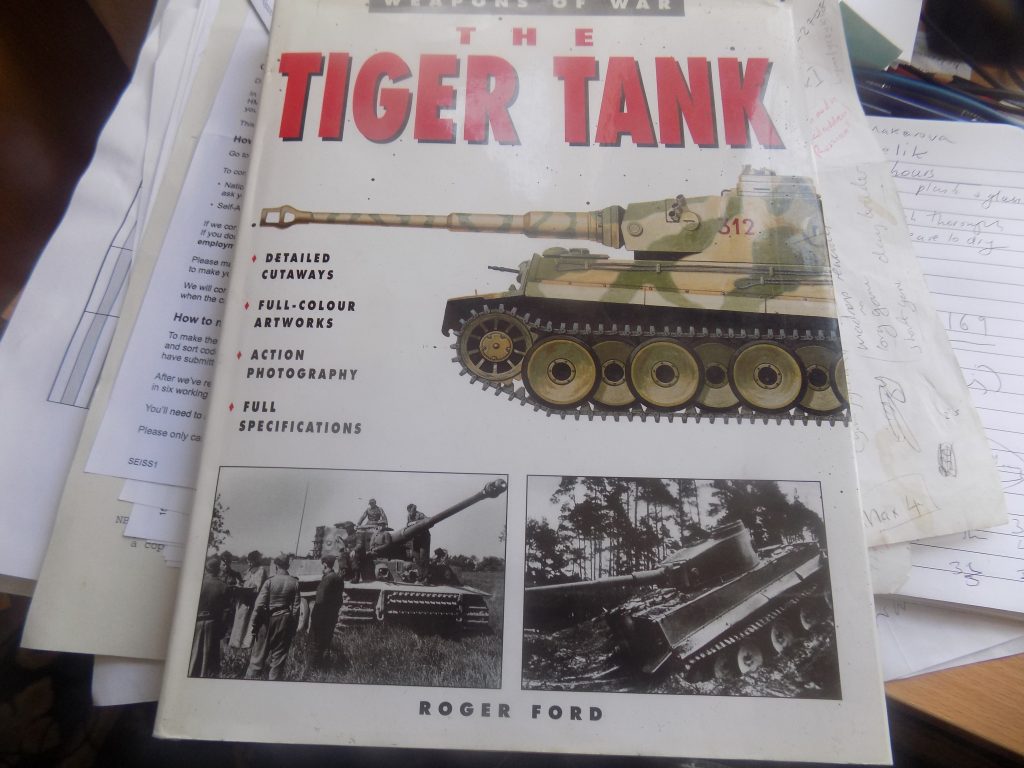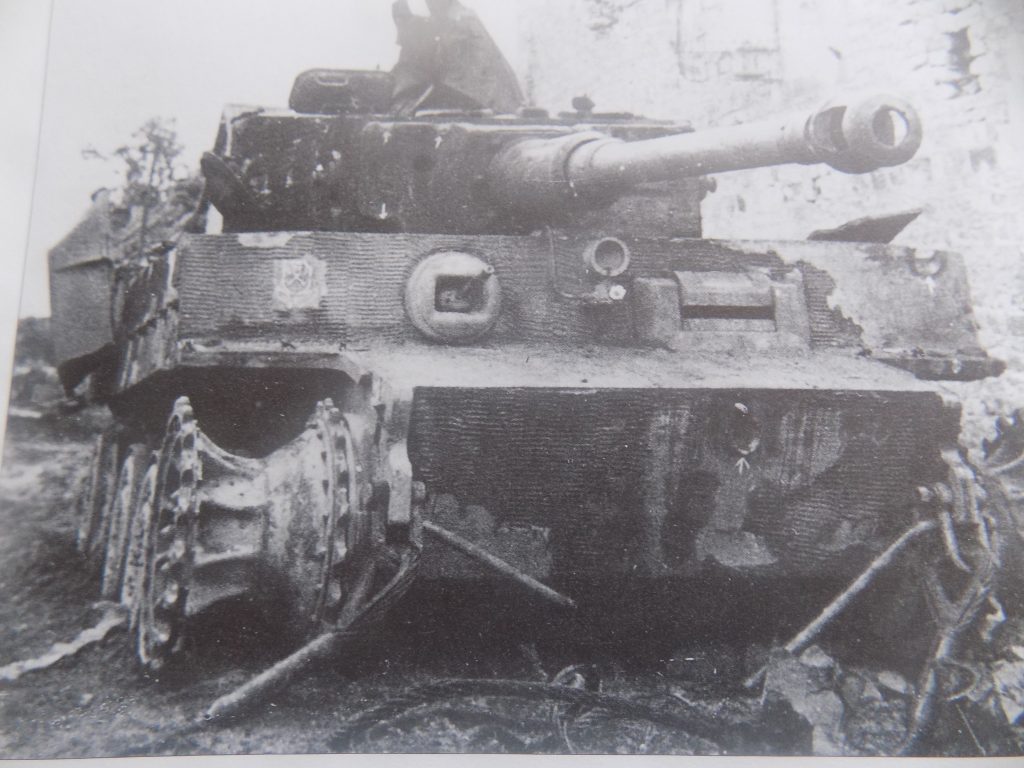




German AFVs World War 2








8th Panzer Regiment, 15th Panzer Division, Tunisia, 1943

21st Panzer Division, El Alamein, autumn 1942





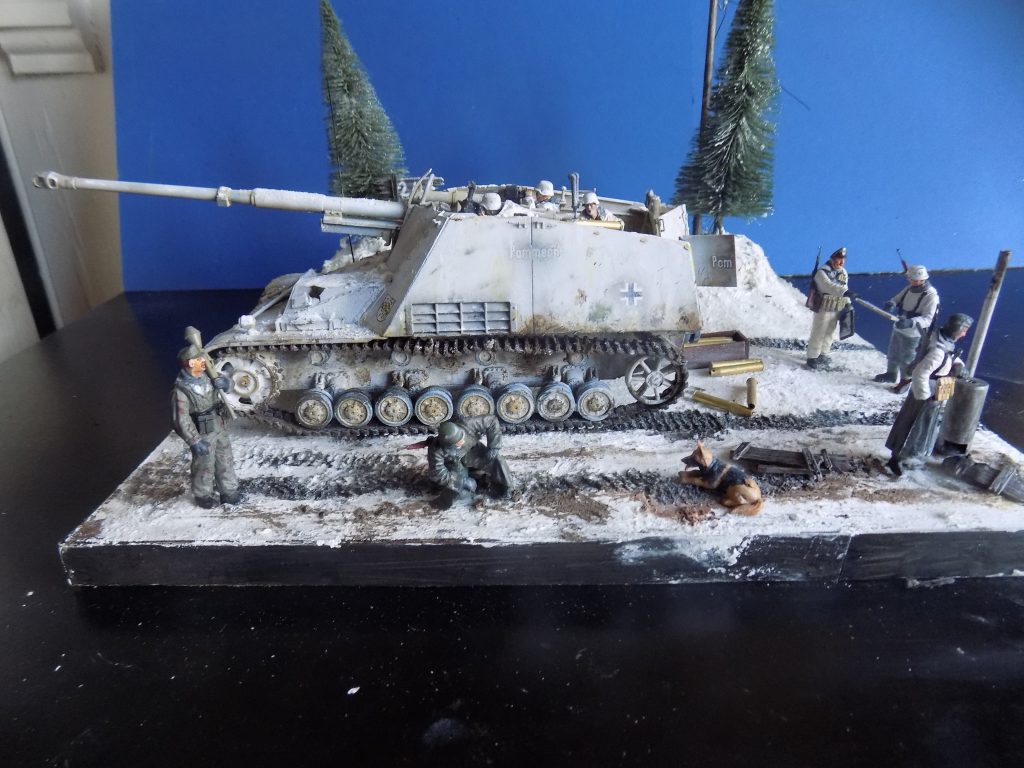
This was a great kit by Tamiya and one I had my eye on ever since it was released a few years back. It has lots of possibilities for a diorama and I chose a winter scene to match the winter white camouflage depicted on the box art.
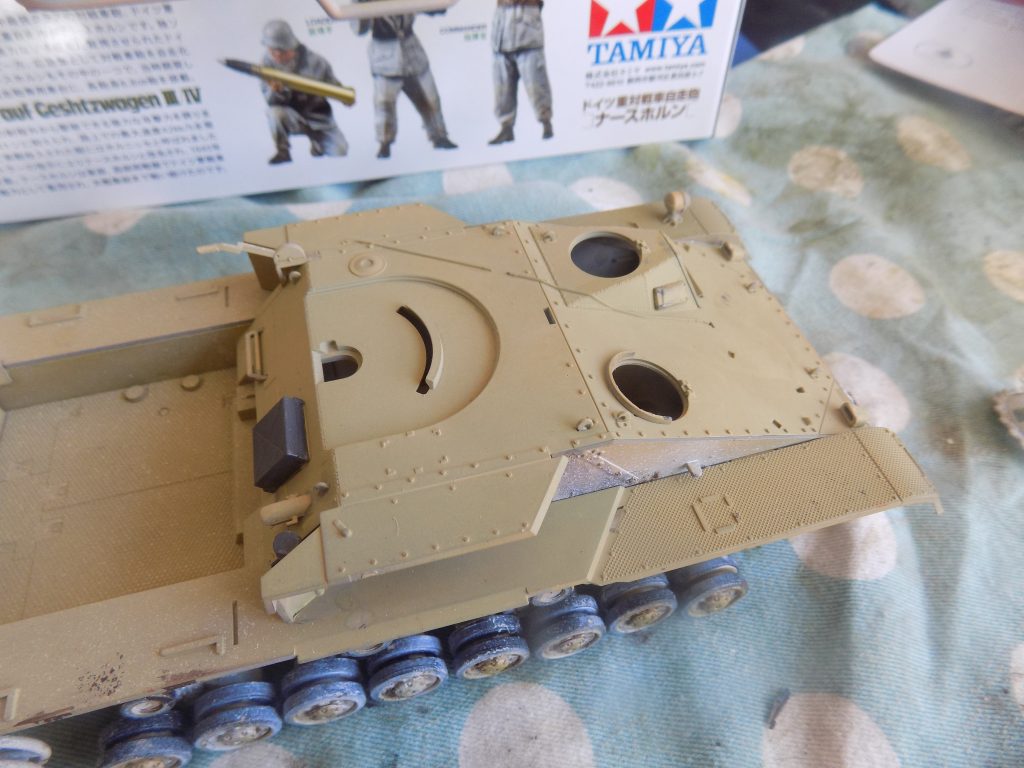
The Nashorn (‘Rhinoceros’) is equipped with 8.8cm Pak 43, a gun based on the successful anti-aircraft weapon and an awesome weapon it is too! For the chassis, it was decided to use the Panzer III/IV as time was short and a vehicle was needed urgently to counter the overpowering Soviet T-34 tank.
In October 1942, Hitler ordered the production of 100 examples by May 1943, in time to join the summer offensive at Kursk. In total, 439 Nashorns were built, ending in March 1945.
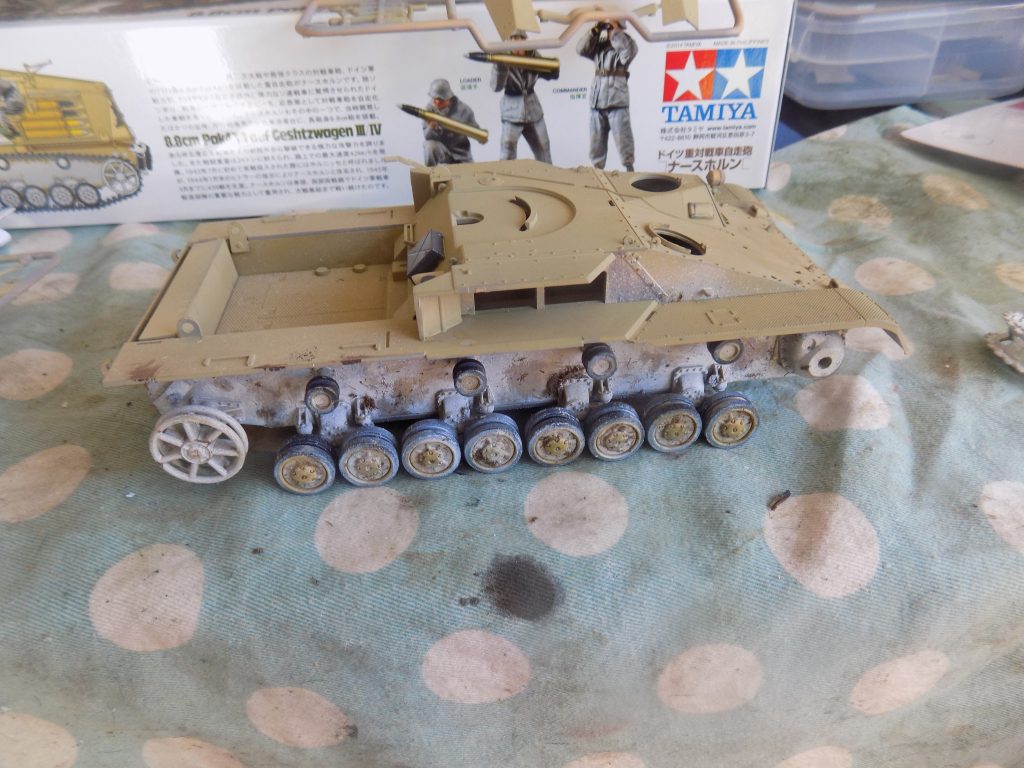
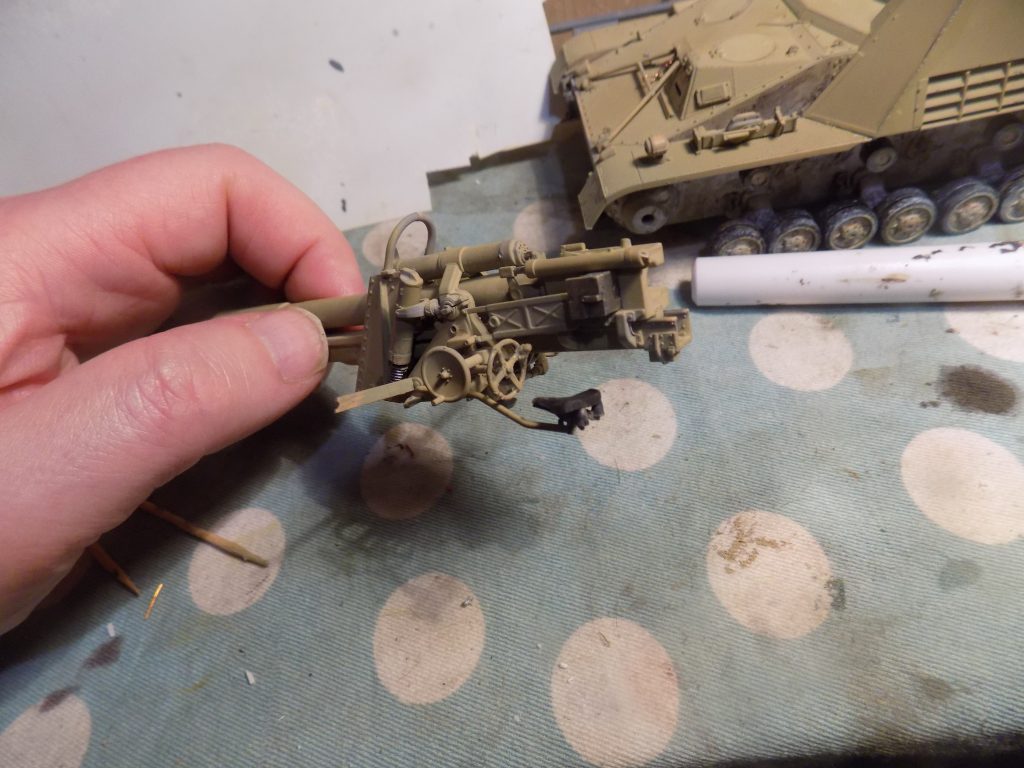
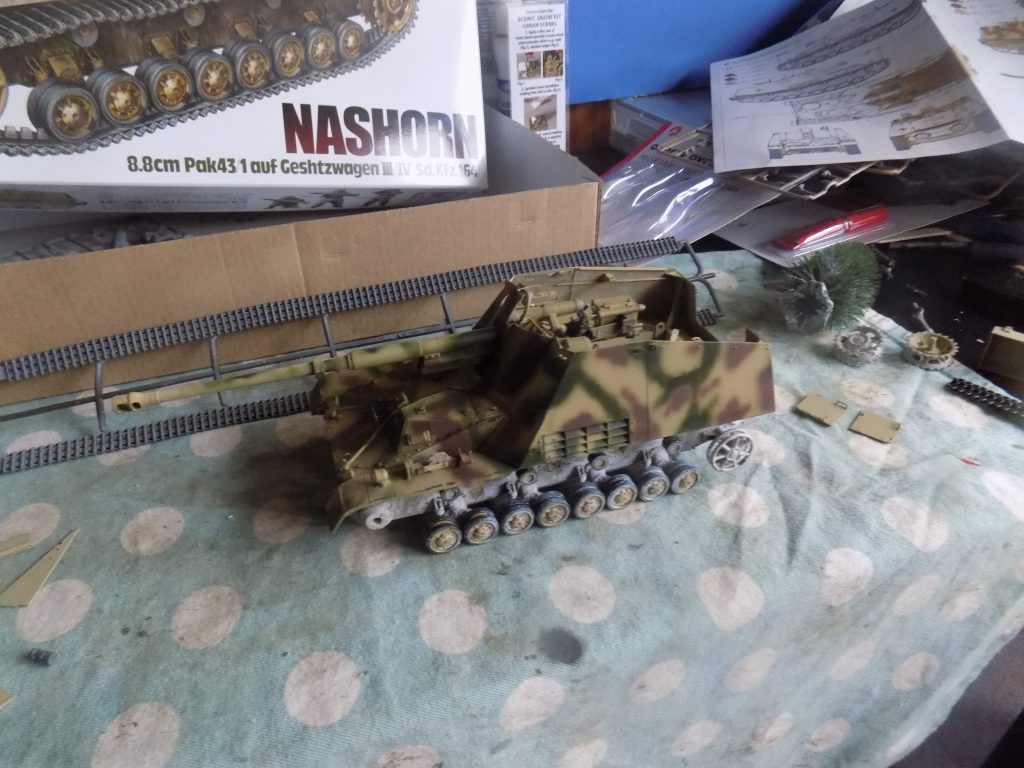
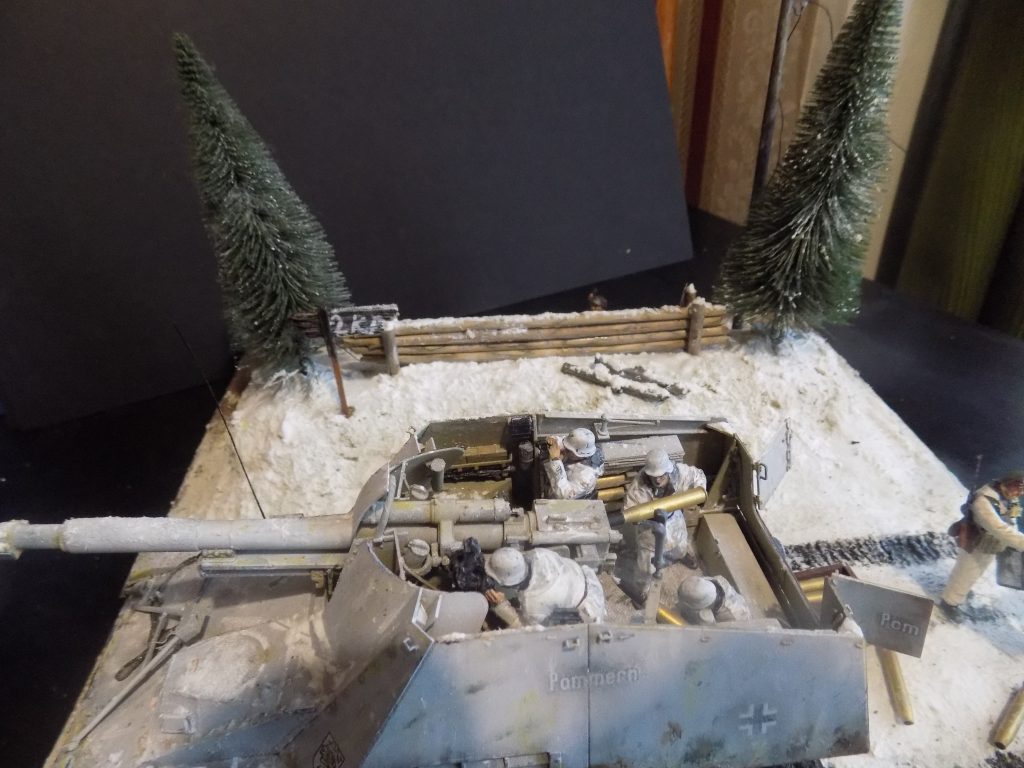
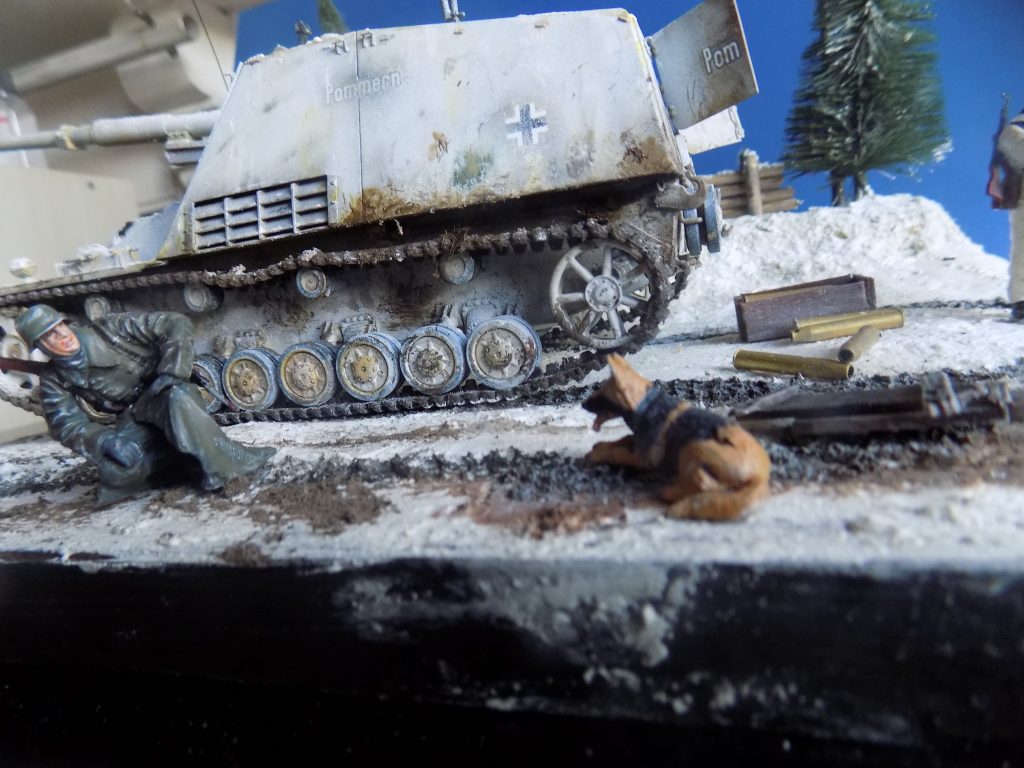
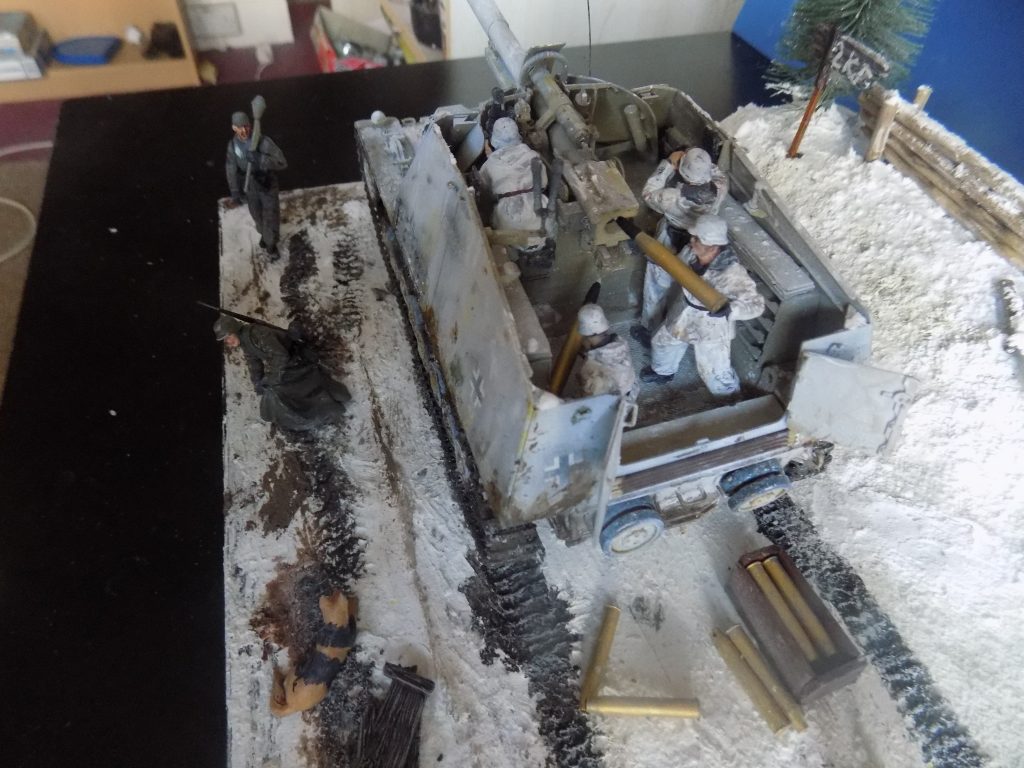
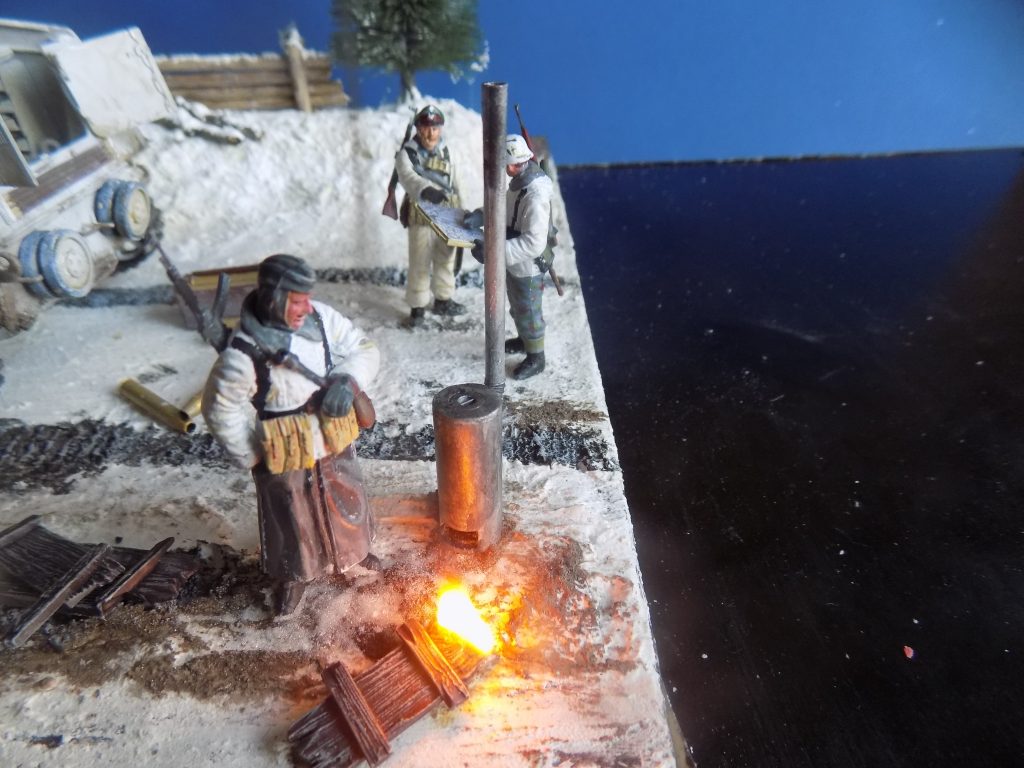
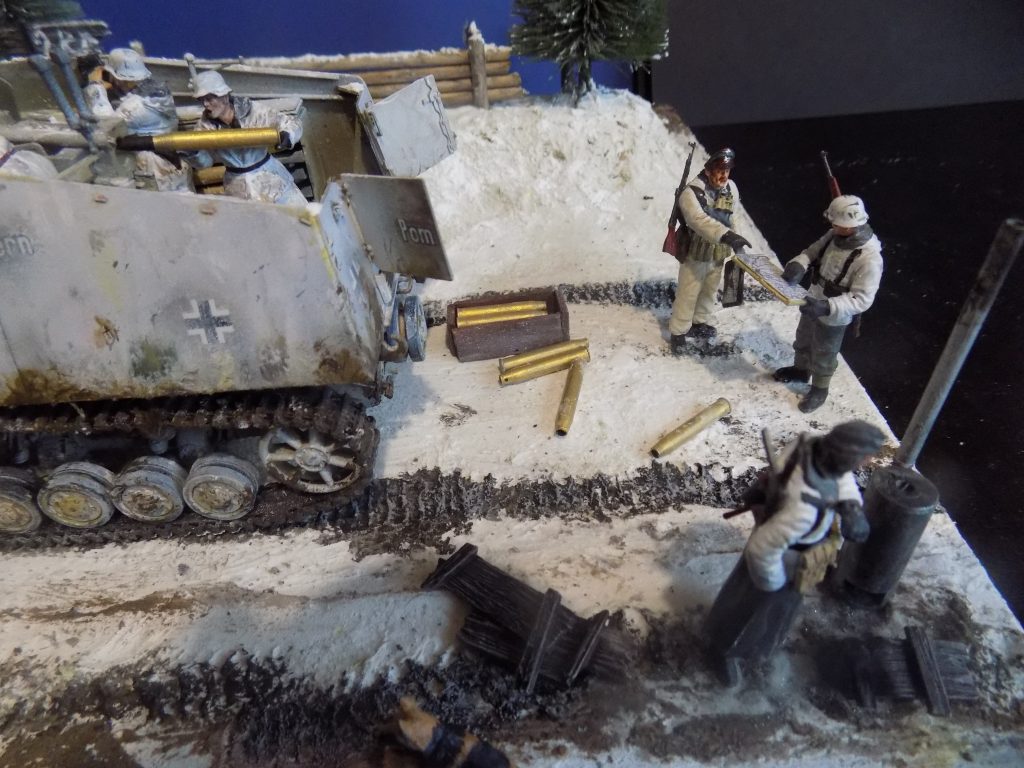
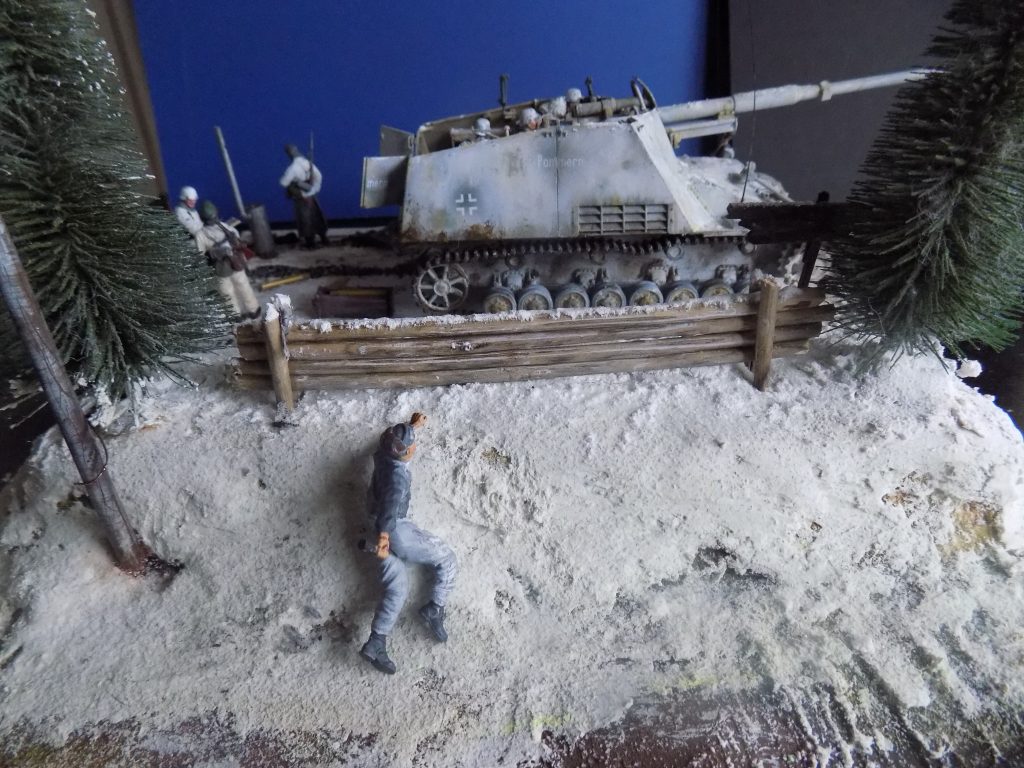

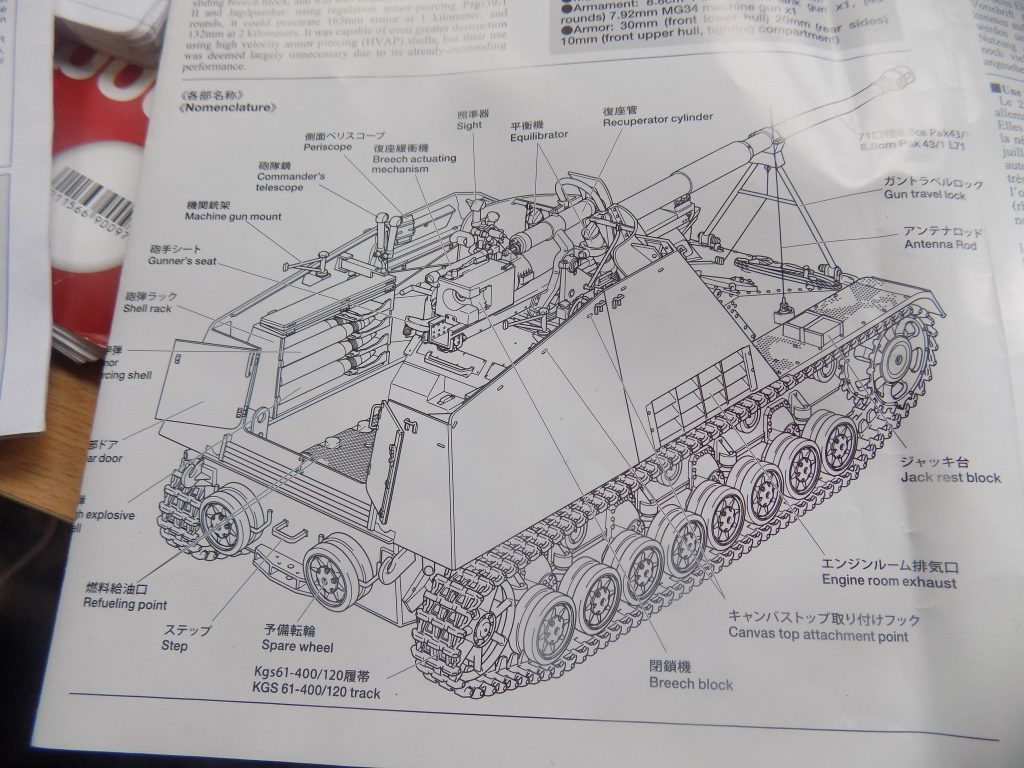
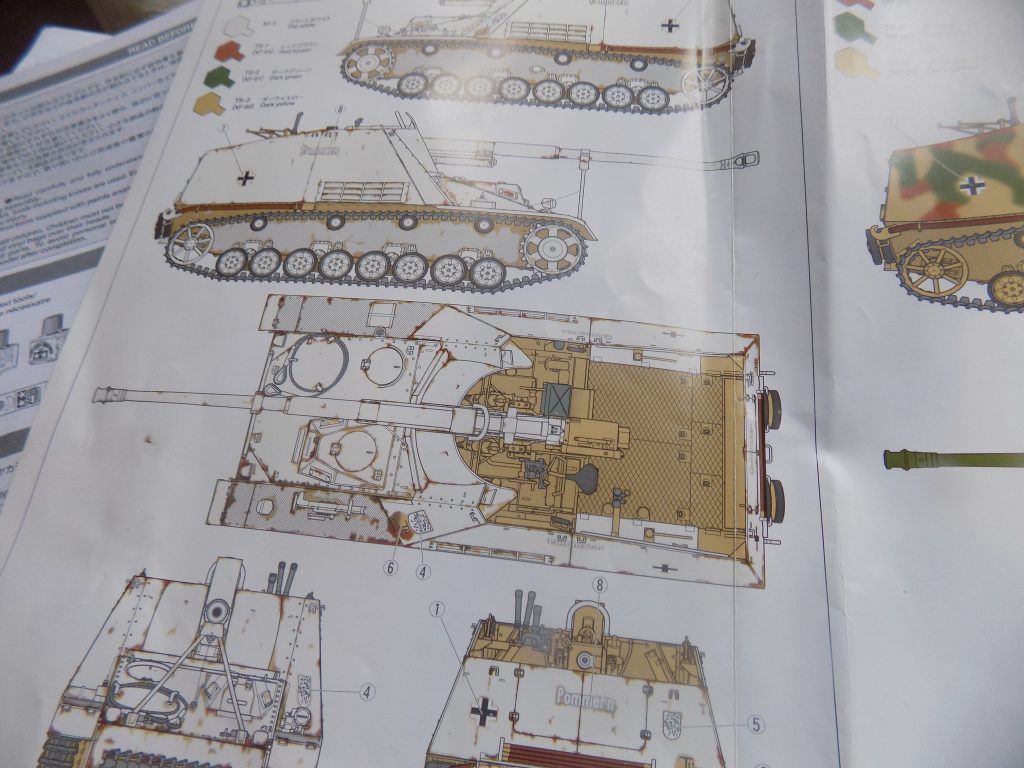
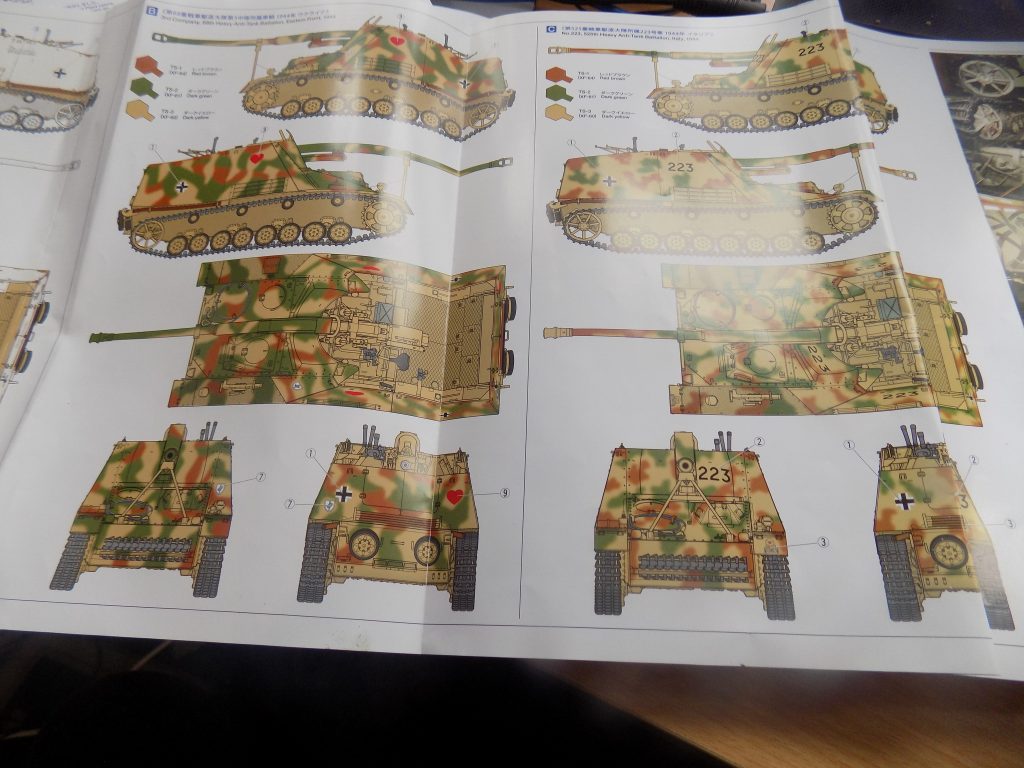
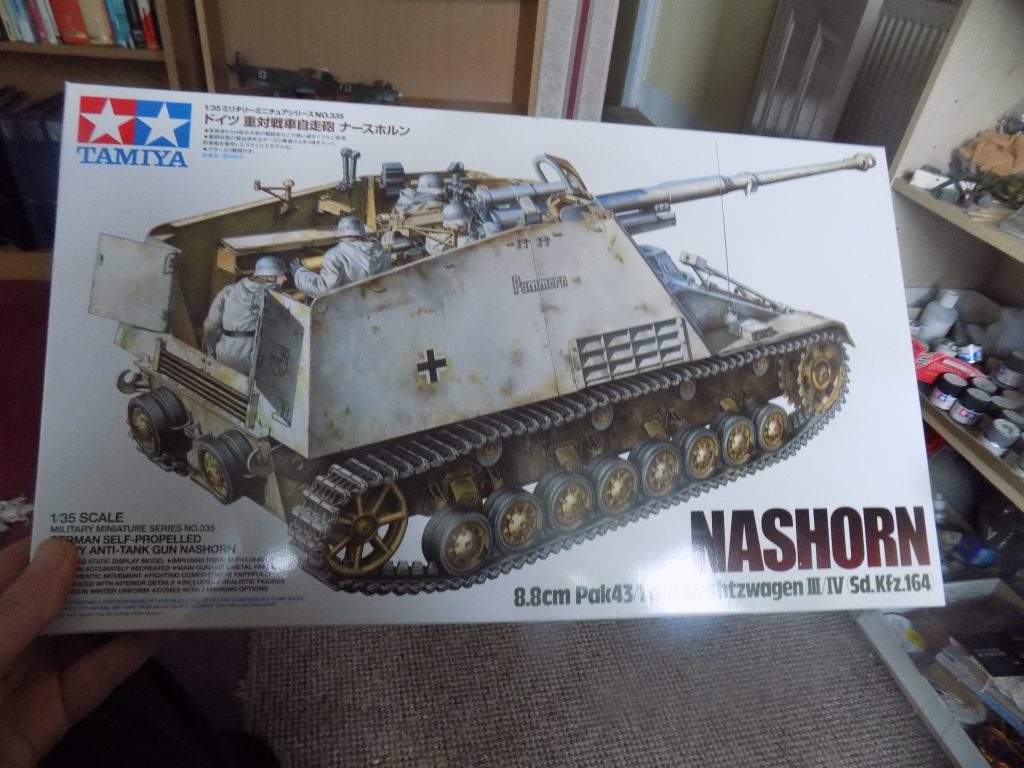
According to Tamiya:
‘The Nashorn quickly proved its value in live combat, causing havoc among Russian tanks in its maiden deployment, as part of the 560th which provided cover for the flanks of the 4th Panzer Army in the 1943 German assault on Kursk. It is also said that in action with the 525th in the Battle of Monte Cassino, January 1944, a Nashorn destroyed an M4 Sherman from a range of 2,800 metres’ (!).
From December 1943 to March 1944, Commander of the 1st Platoon of the 1st Company, Lt. Albert Ernst, destroyed some 65 enemy tanks in the Vitebesk area of Belarus for which he was awarded the Knight’s Cross.
Overall, the Nashorn was a very effective weapon and if it had been introduced into mass production earlier in the war it might have had a decisive effect.
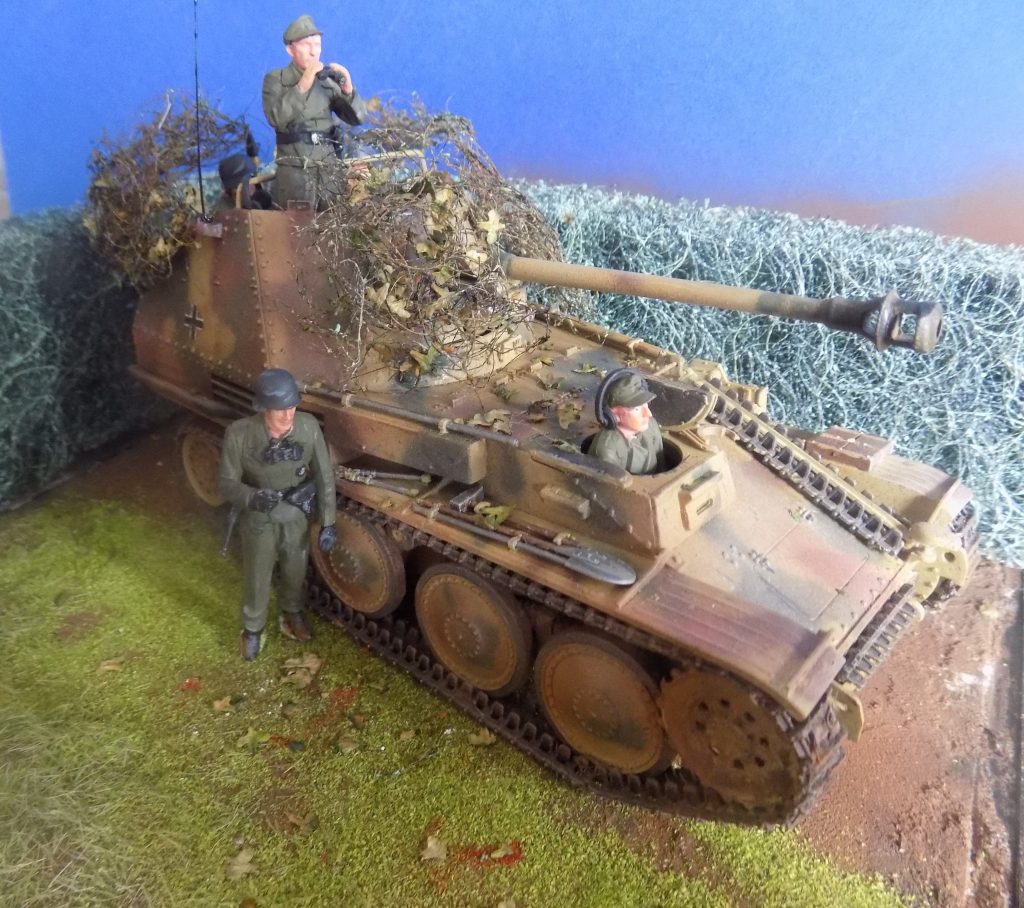
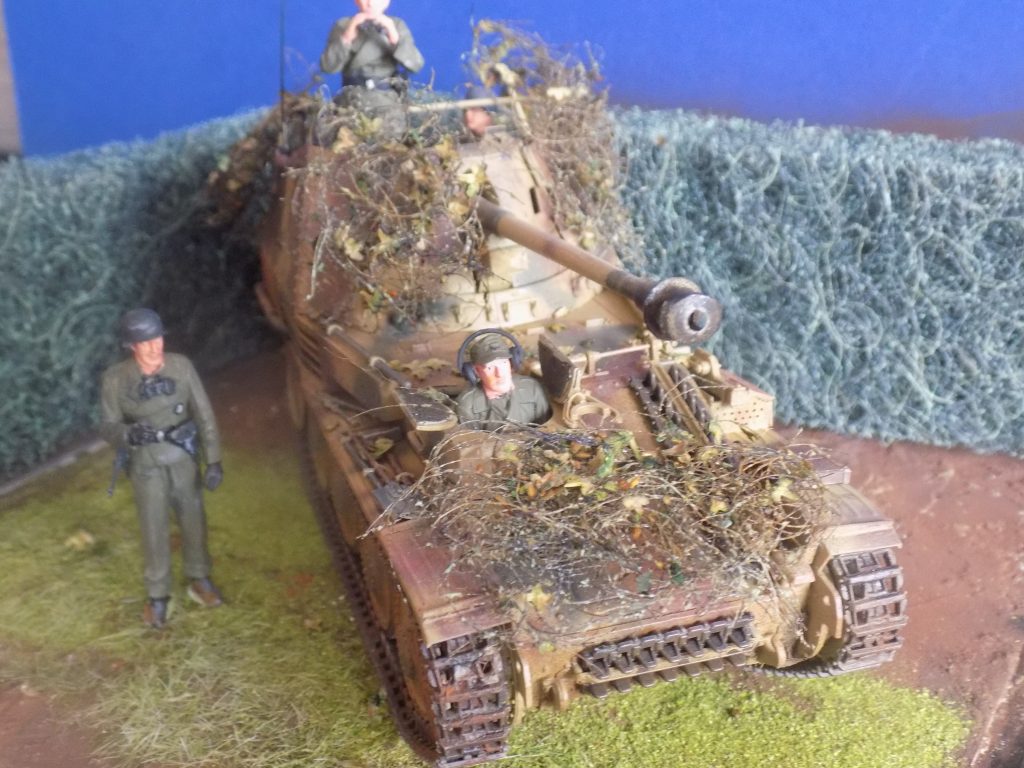
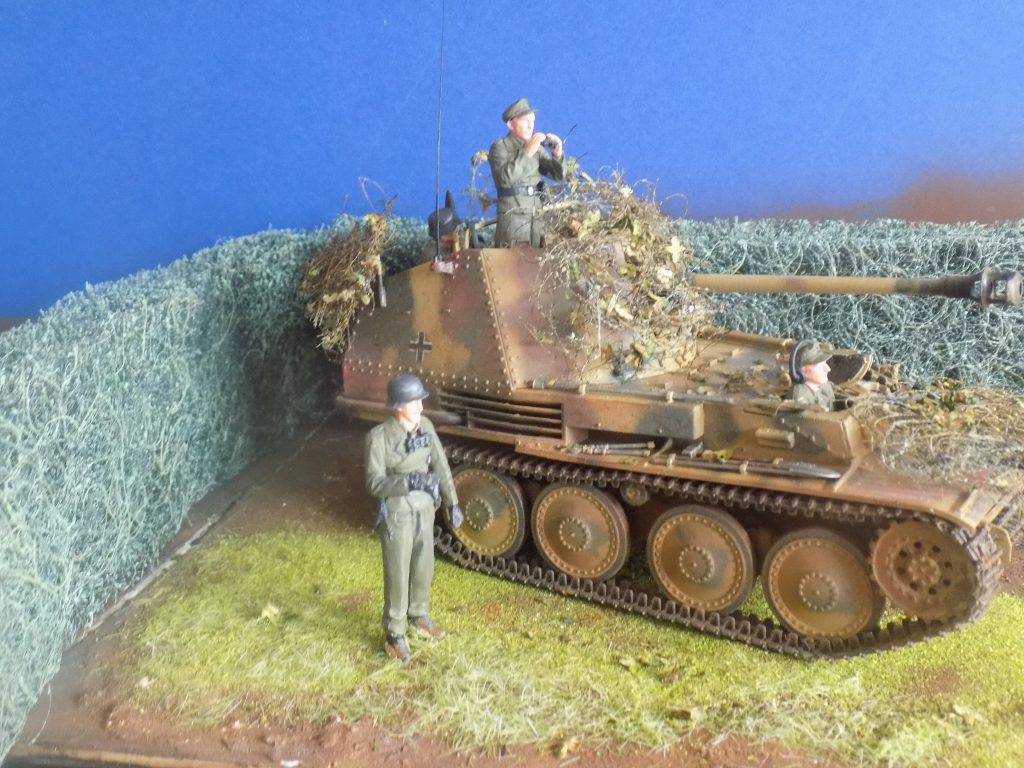
This is another great kit from Tamiya and includes 5 figures, although one of whom, the driver in the front, is just half a torso! I like these self-propelled guns because you get all the interior detail as well so you get more bangs for your bucks!
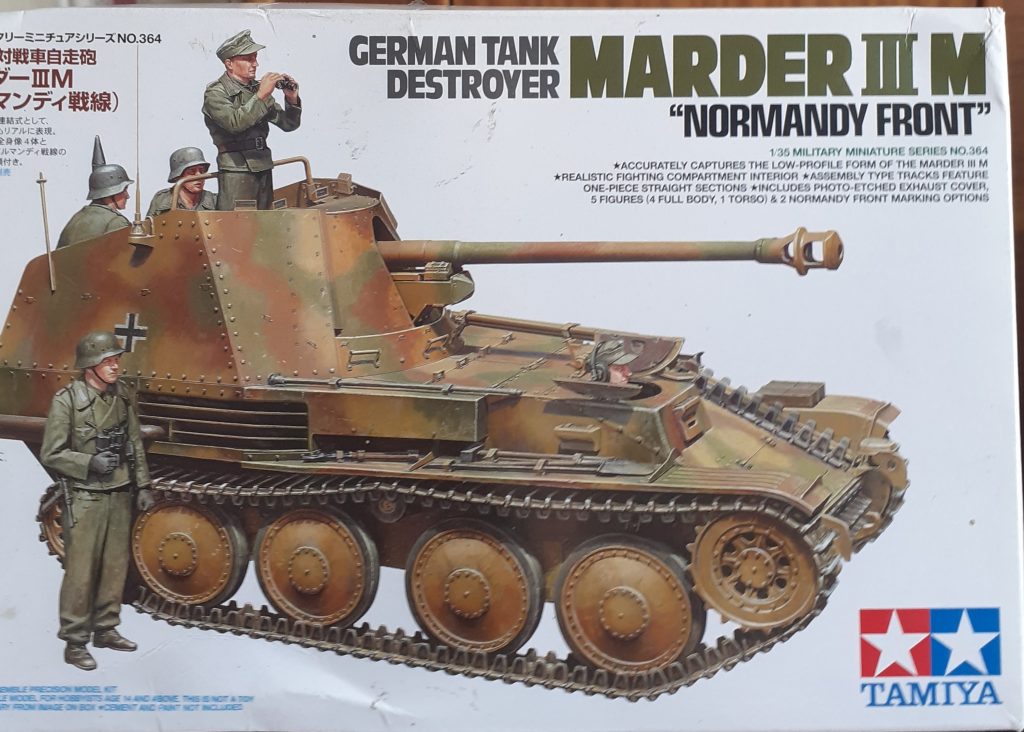
The Germans employed a huge variety of assault and anti-tank destroyers during the Second World War and they were not averse to sourcing foreign made hardware. In this case, the Marder III was a tank destroyer based on the Czechoslovak Panzer 38 (t) chassis with an open top fighting compartment and employing a converted Soviet 7.62 cm Pak 36(r). The reliance on captured guns was considered unsatisfactory and s the Marder III H appeared which used the domestically produced 7.5 cm Pak 4.
At last a dedicated self-propelled gun (SPG) was deemed necessary and produced by BMM and Alkett. This was named the Marder III M. This had a very different layout to the previous Marders. The engine in the middle allowed for more space in the rear fighting compartment which had 10 mm thickness armour plate but still left the crew rather exposed.
Marder III Ms were used on both Eastern and Western fronts mainly in a defensive role.
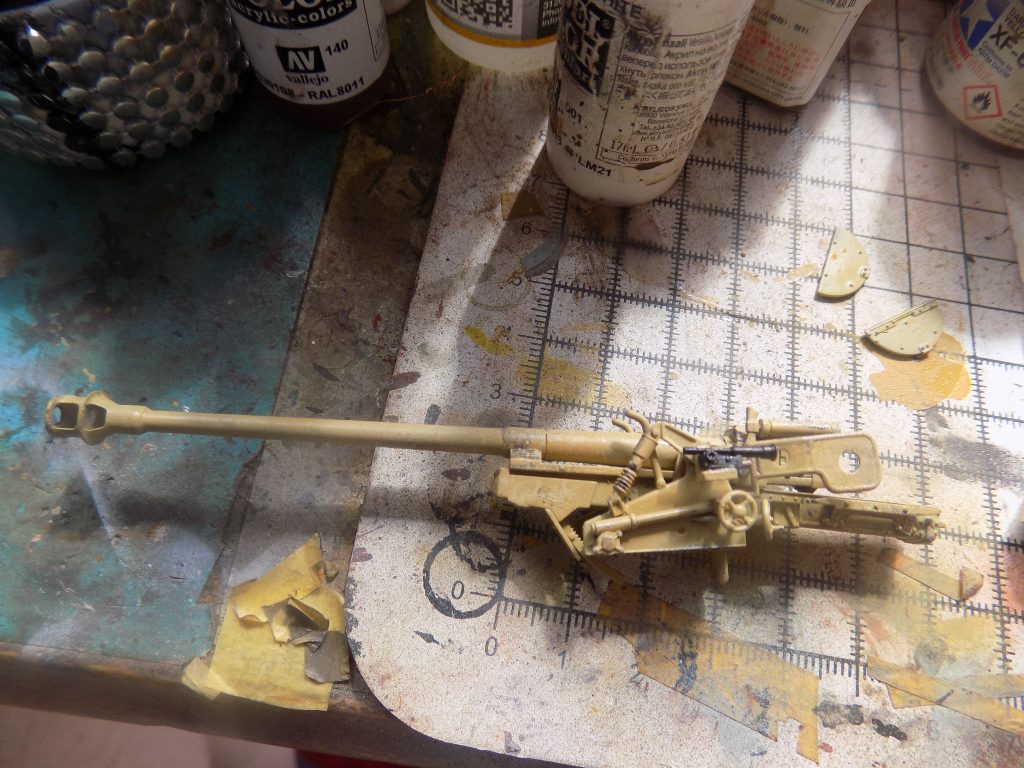
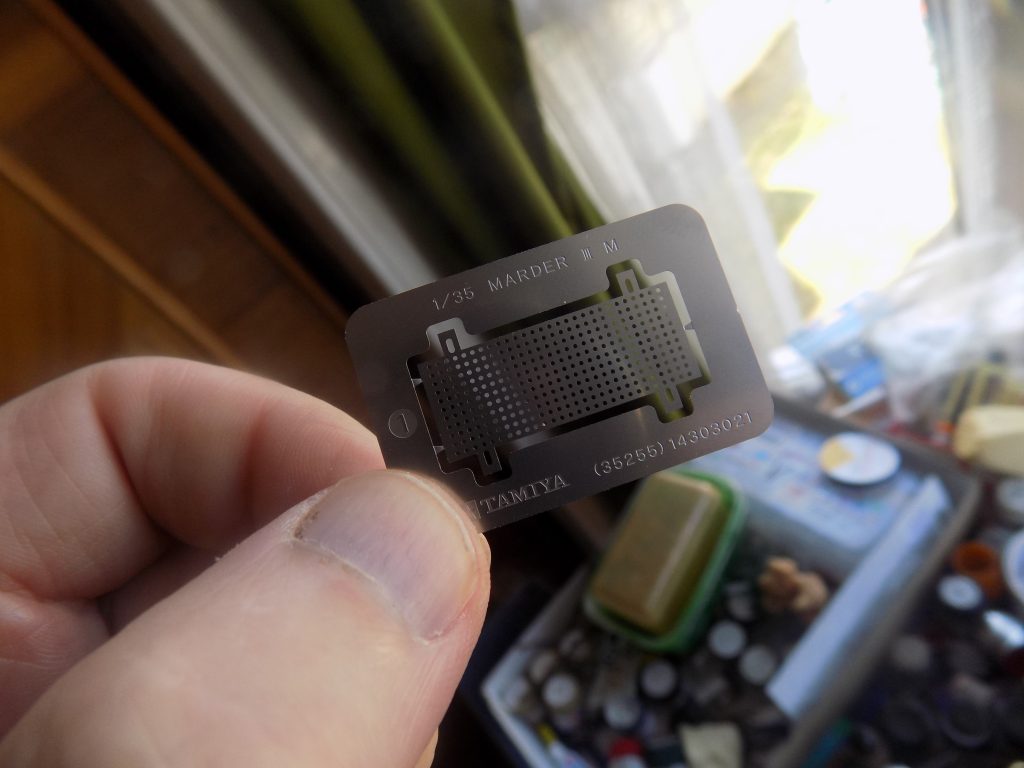
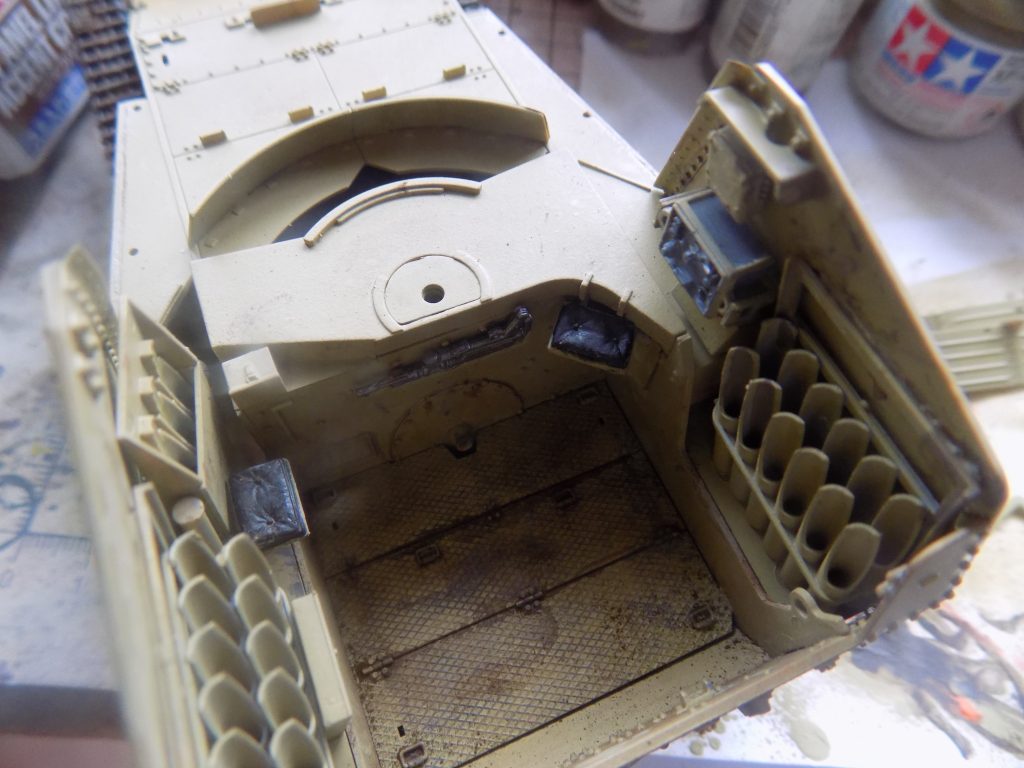
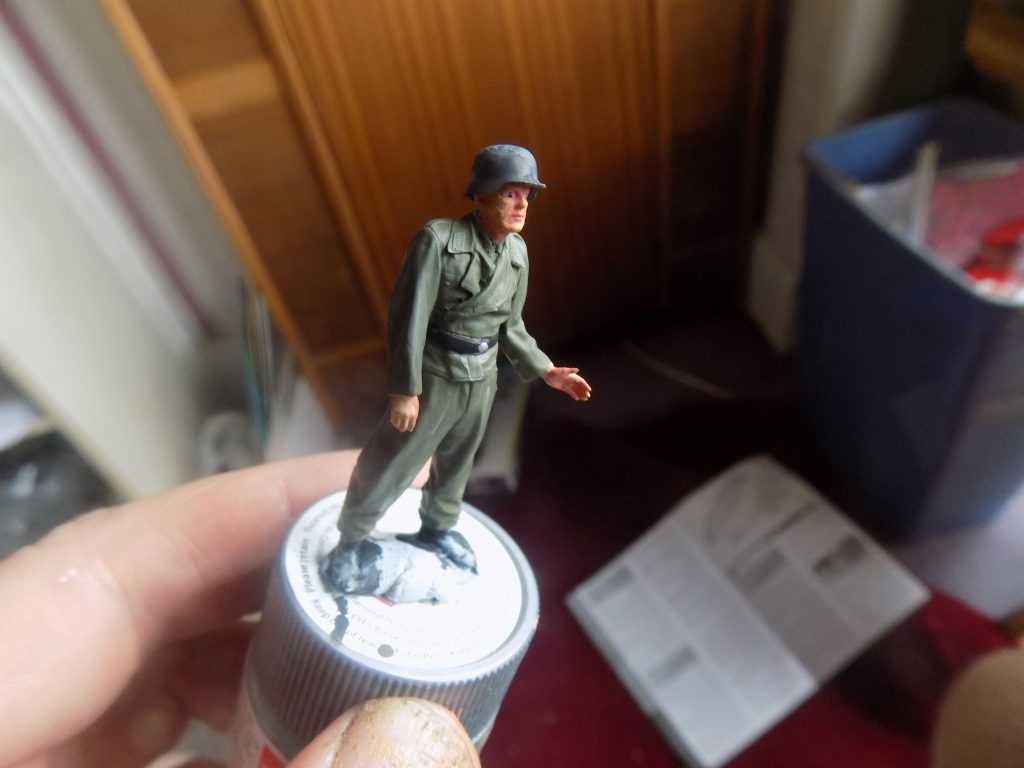
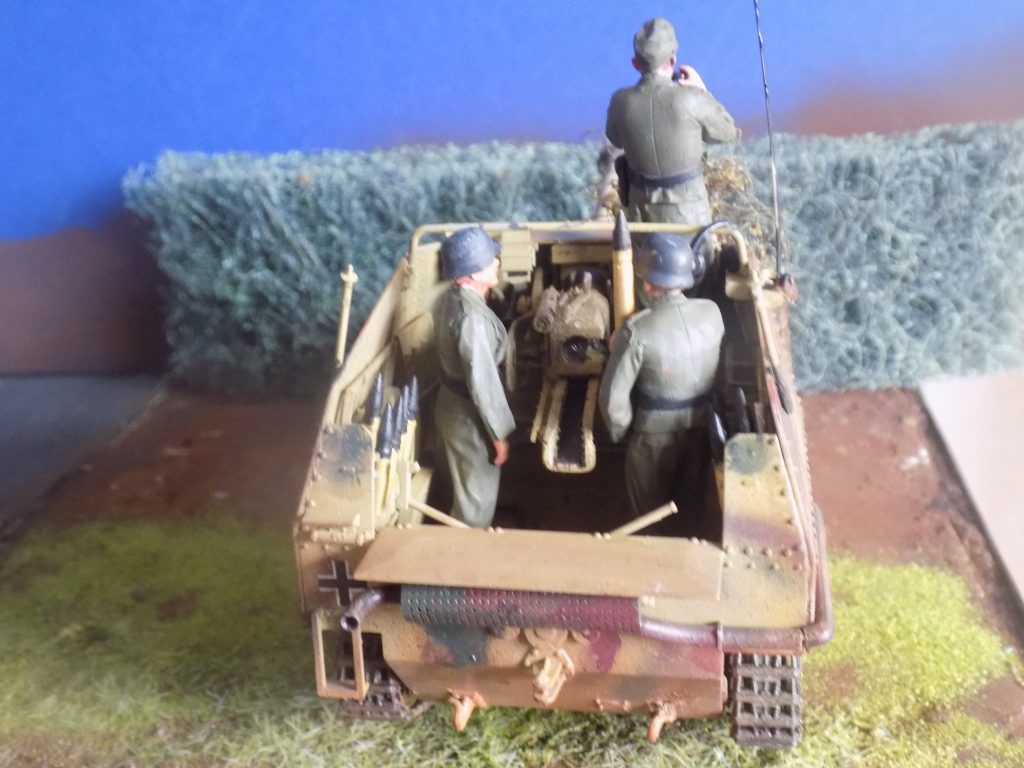
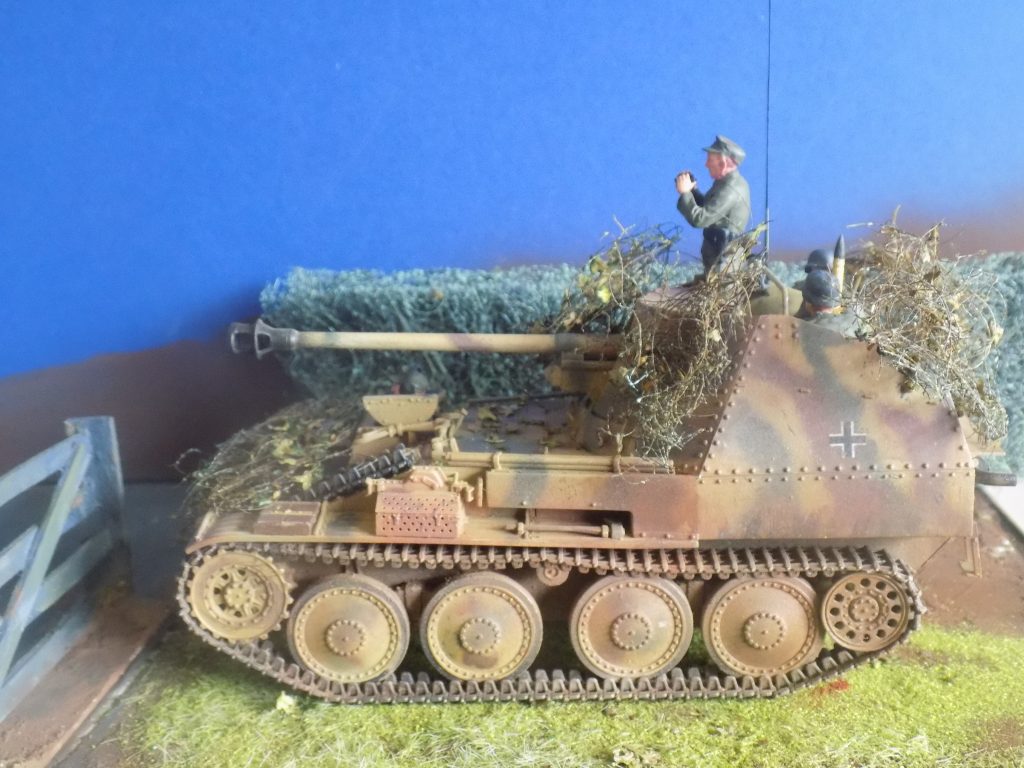
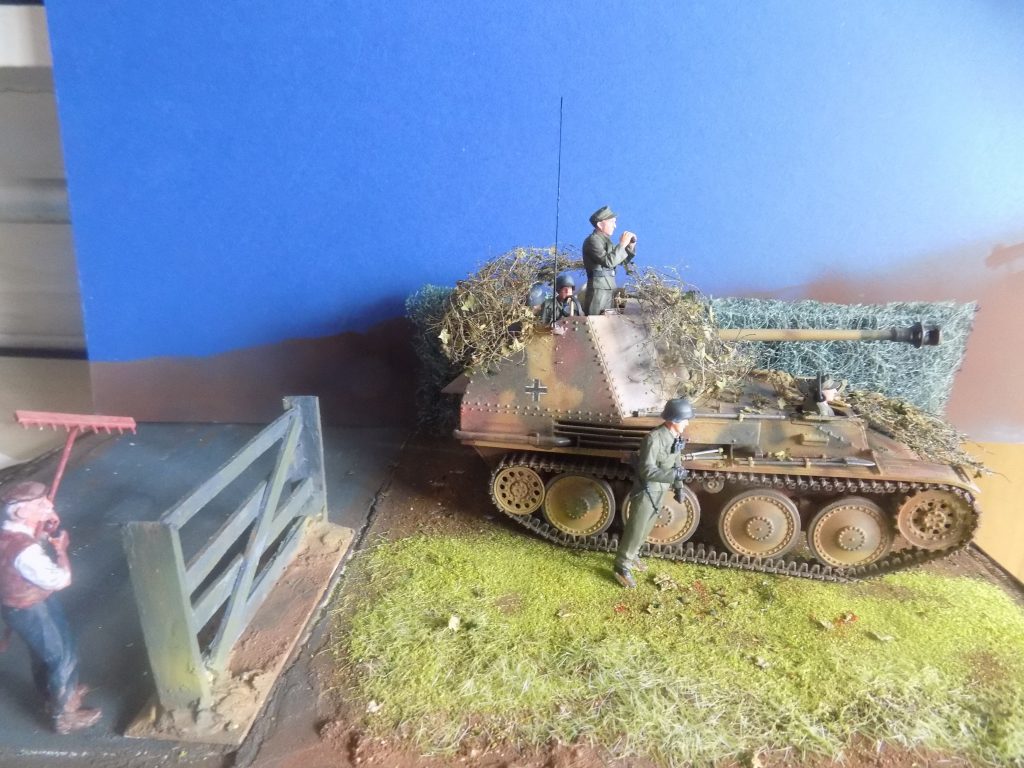
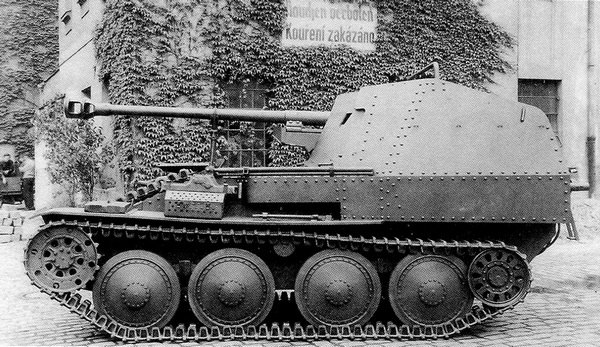


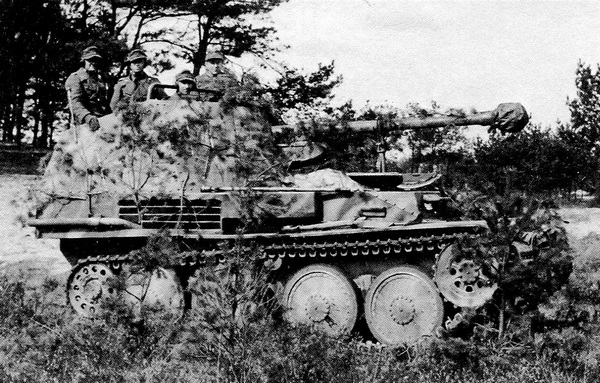
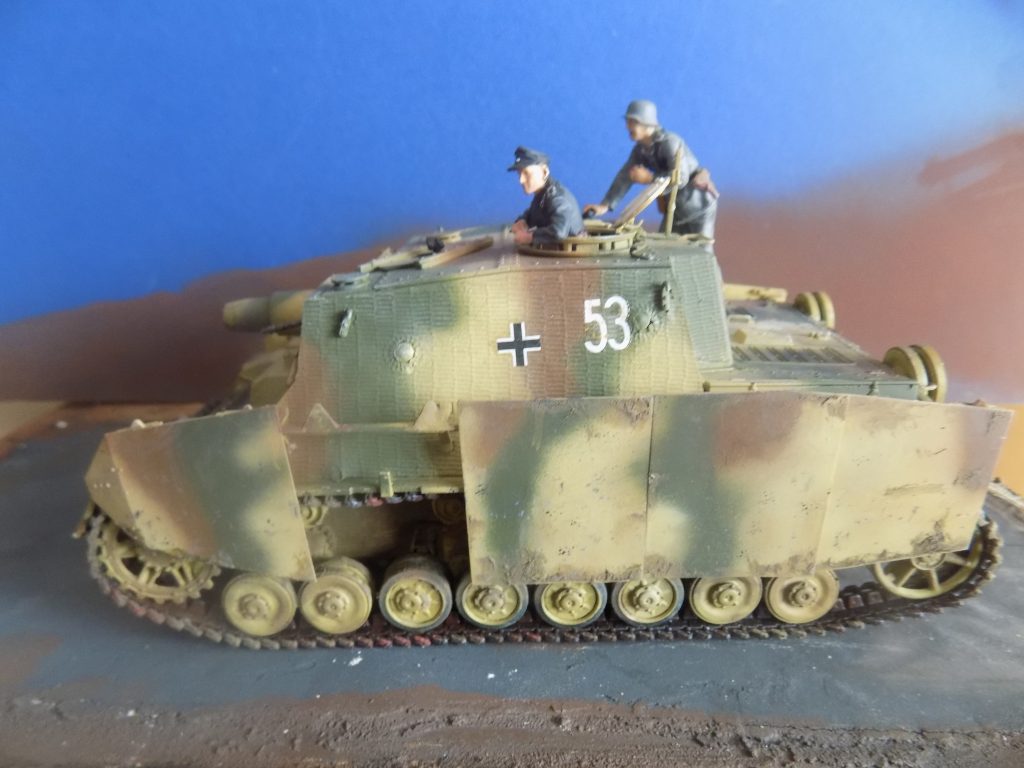
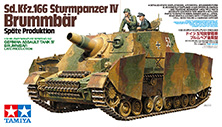
Another superlative kit from Tamiya. An infantry support tank based on the Panzer Mk. IV chassis with 15 cm gun, the Brummbärs (‘growling bear’) were assigned to their own dedicated assault tank battalions and used at Kursk, Anzio and Normandy. They were also used to help crush the Warsaw Uprising in the summer of 1944. Brummbär was the name given by Allied intelligence and not by the Germans themselves. Soviet documents of the time refer to it as ‘The Bear’ while German soldiers simply nicknamed it the ‘StuPa’, a contraction of ‘Sturmpanzer’ the official designation of the assault tank.
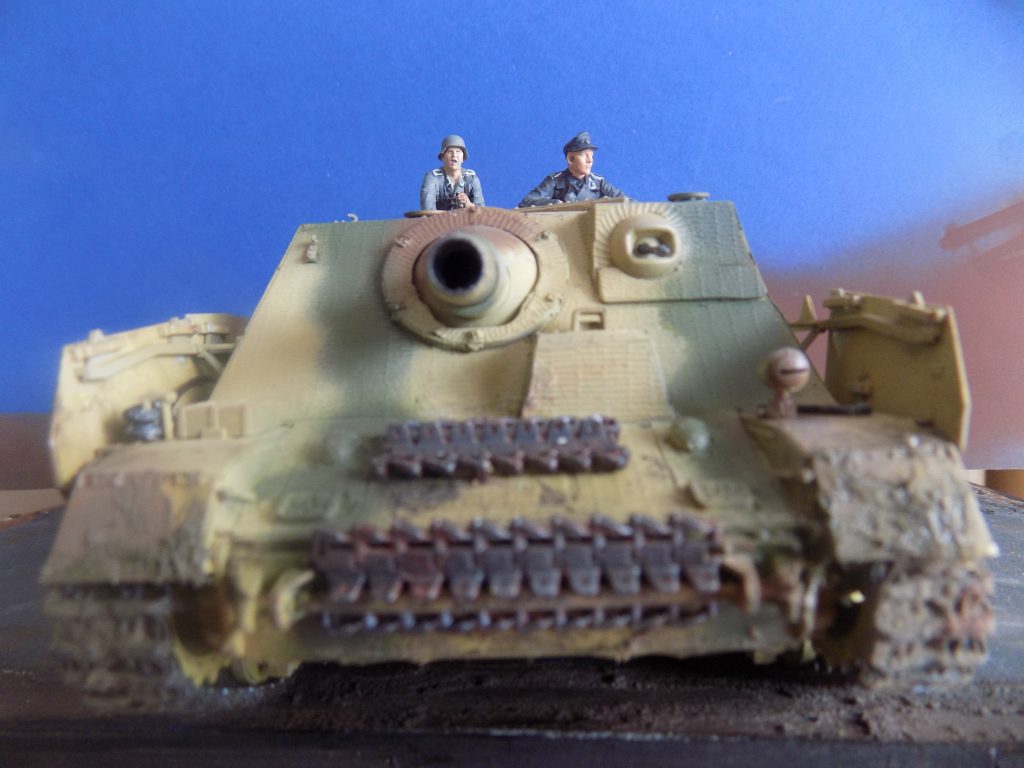
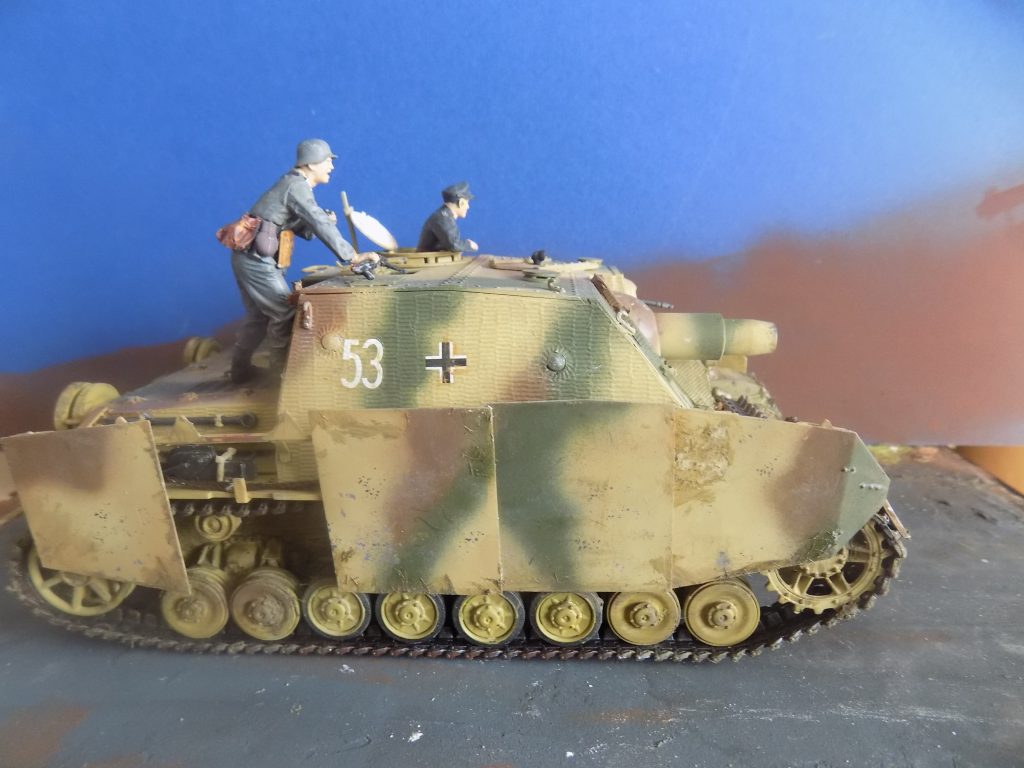
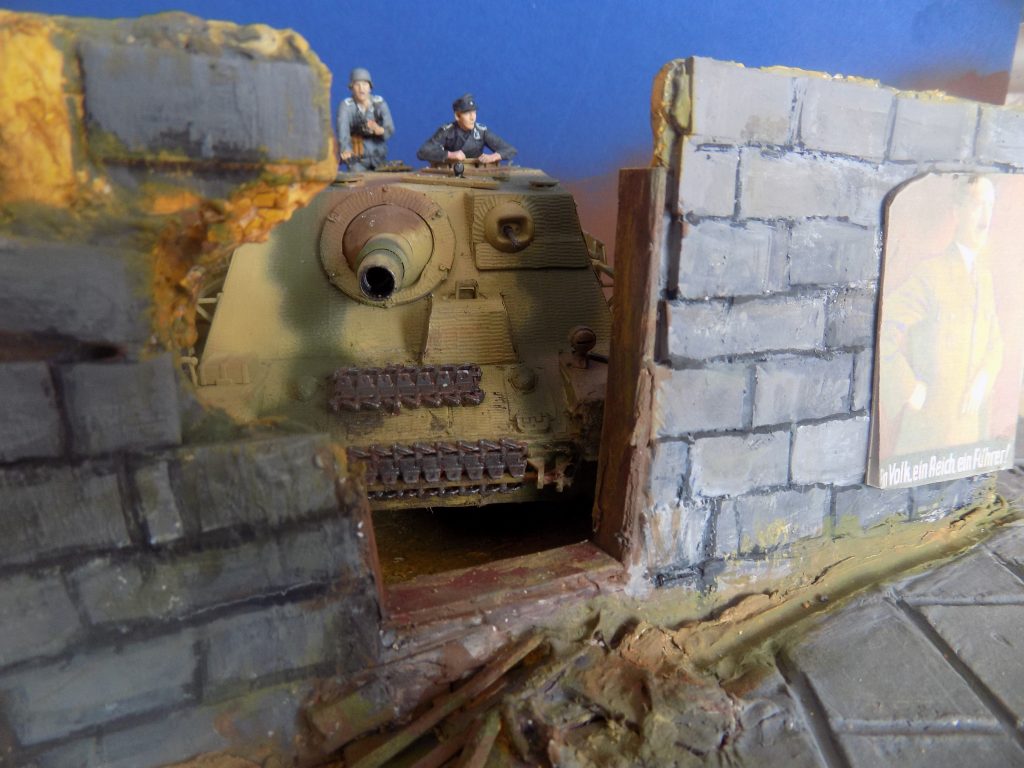
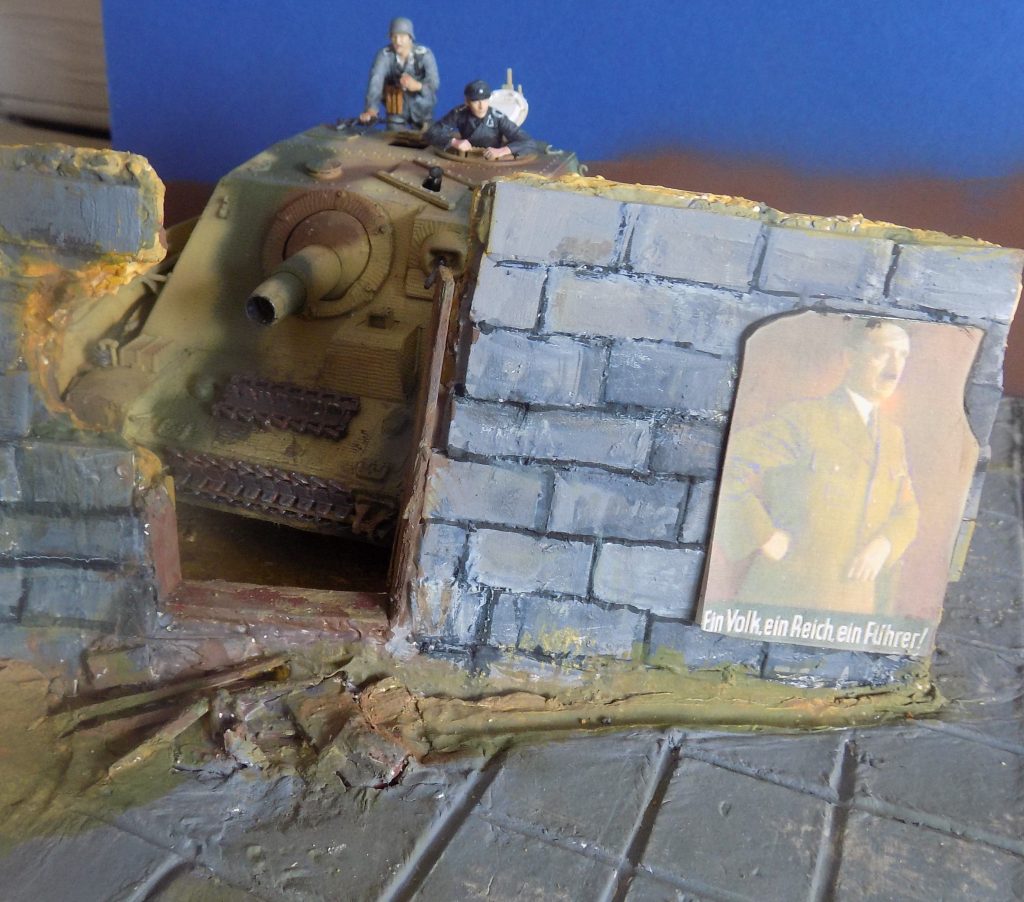
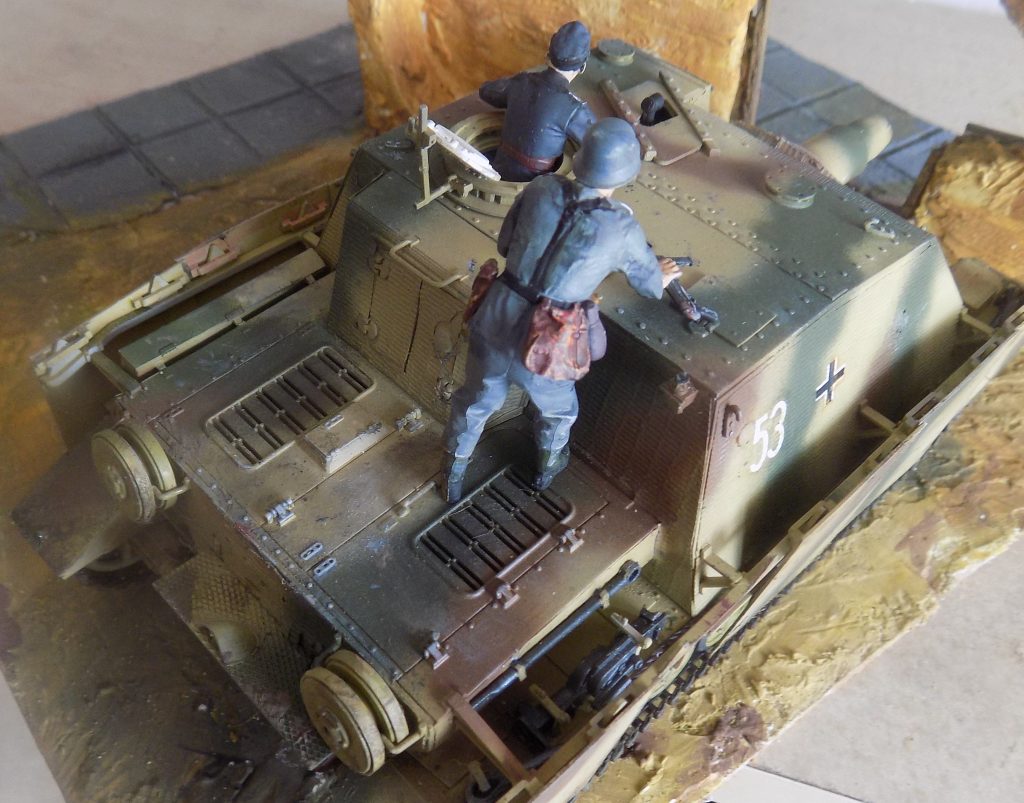
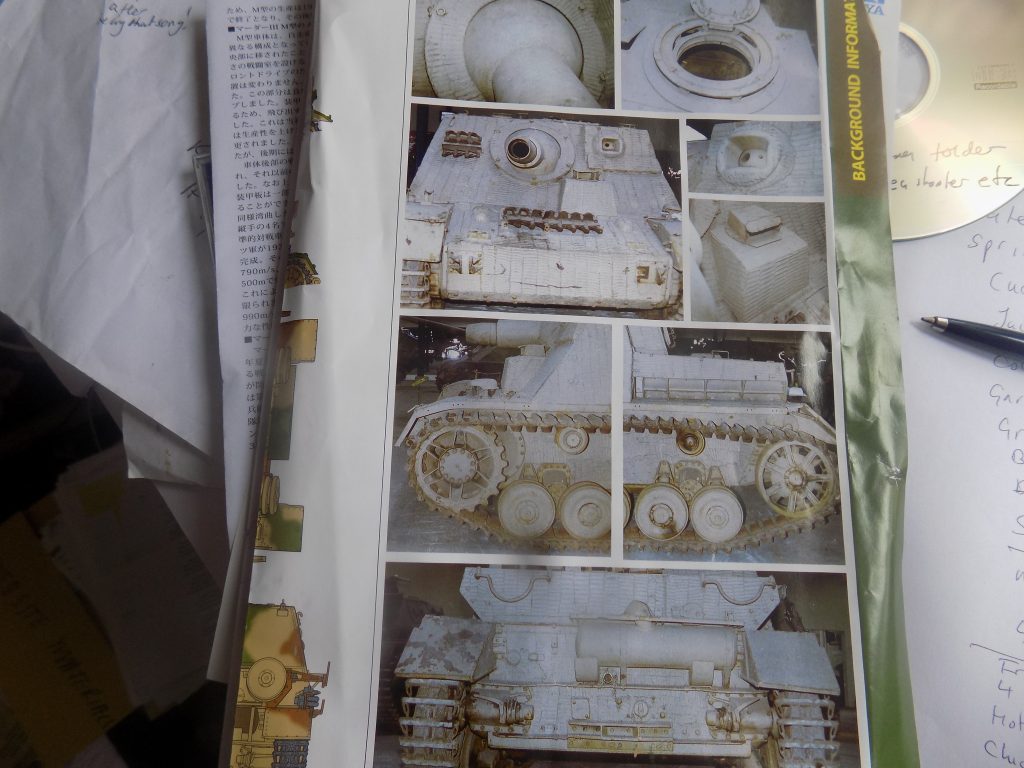
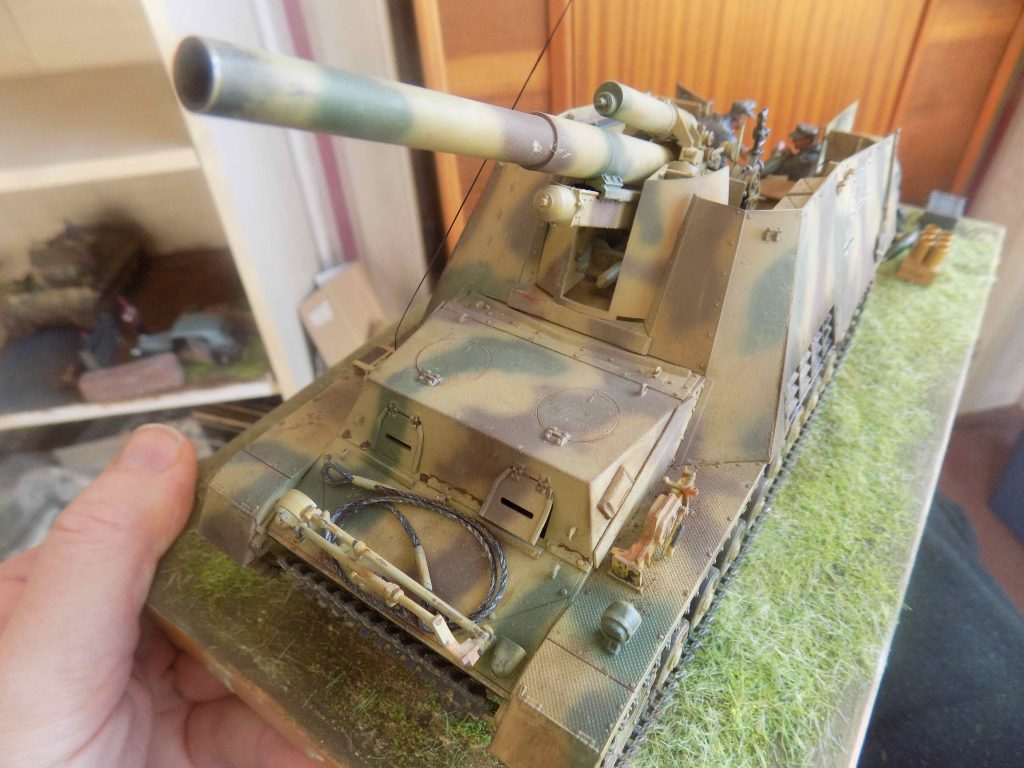
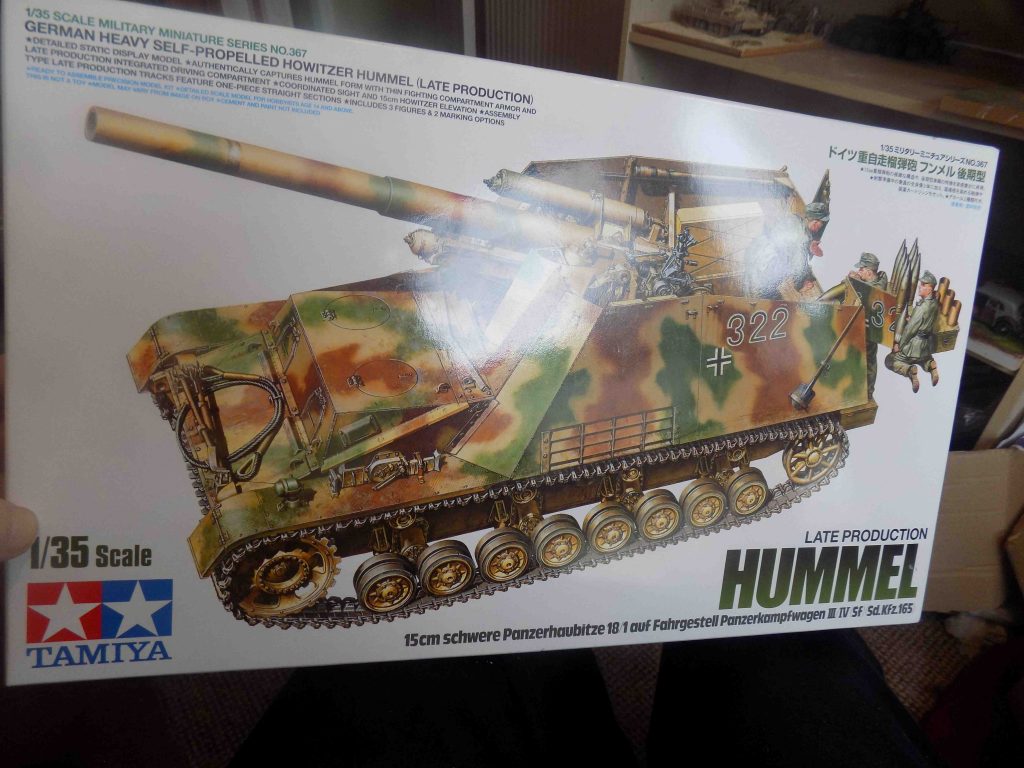
In January 1942, Hitler ordered the development of a multi-purpose infantry support weapon that could also operate against tanks. The Hummel (bumblebee) emerged as an interim solution for this project. It is a hybrid design based on a Pz.Kpfw.III/IV chassis fitted with the huge 15cm sFH18/1 howitzer. It comprised three sections, from front to rear, driving compartment, engine room and finally open fighting compartment at rear.
It was intended as a long-range fire support weapon and given this role, there is scant information about their performance.
However, the Hummels continued to be used throughout the war on both western and eastern fronts which testifies to their value to German combat units.
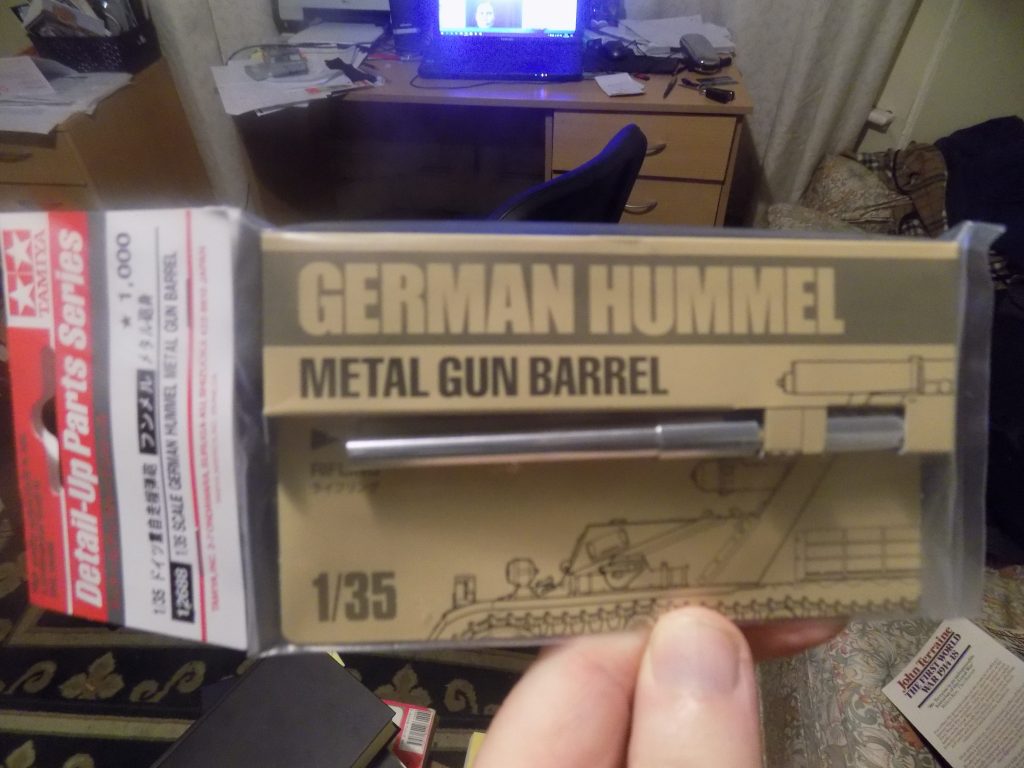
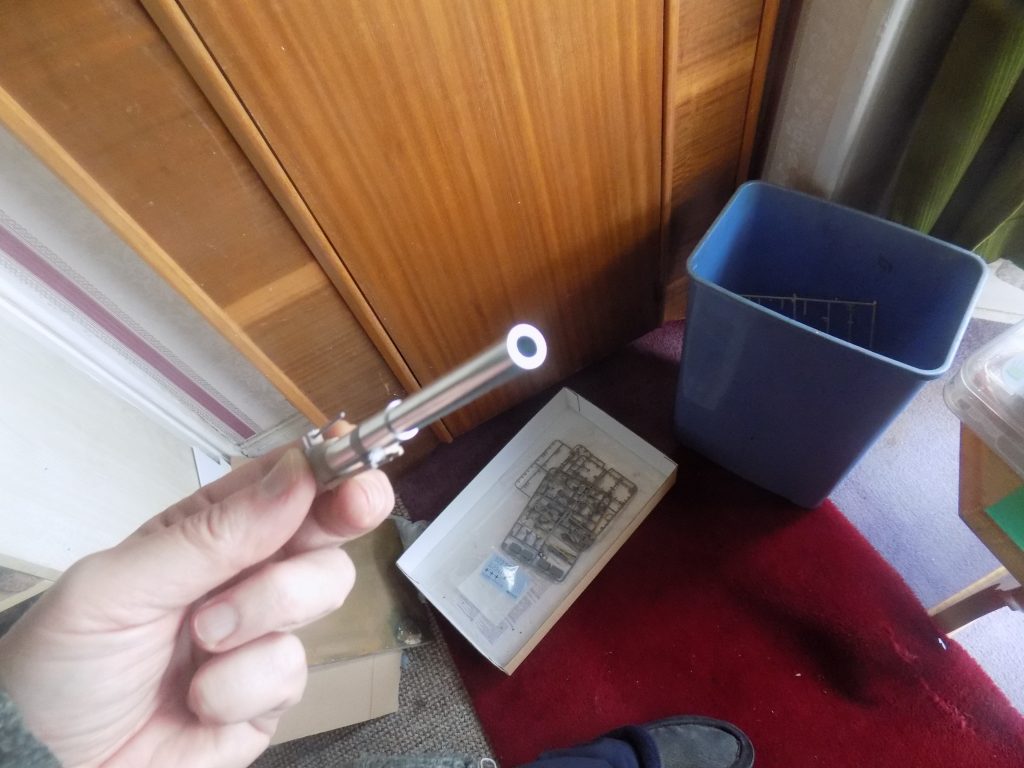
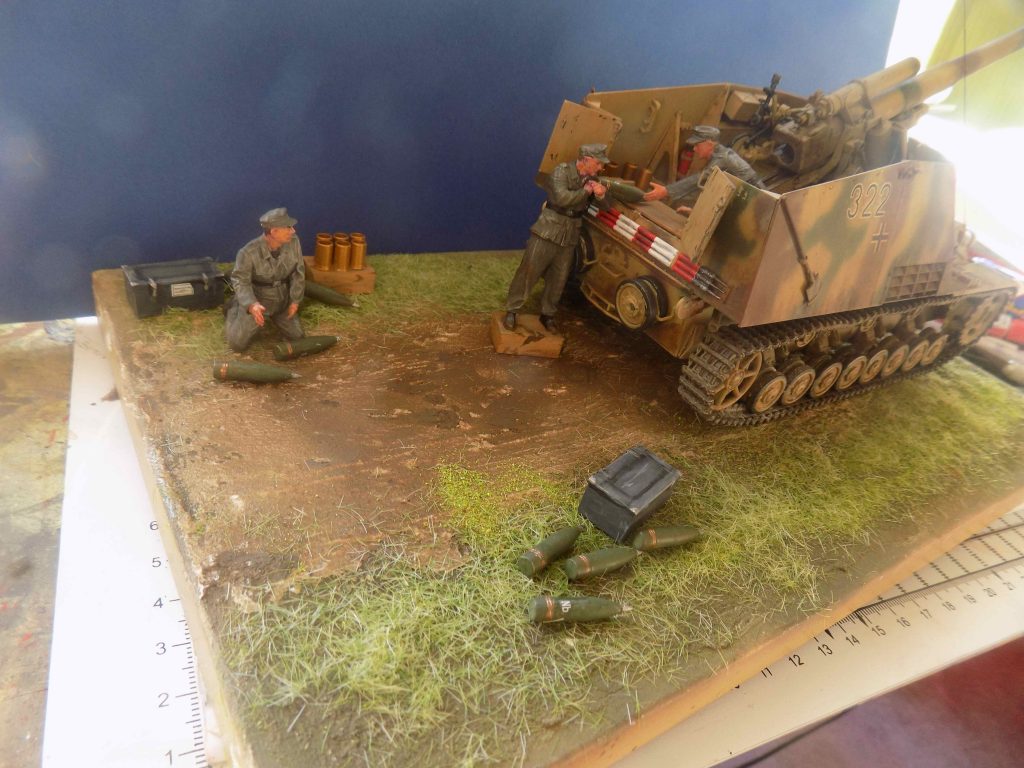
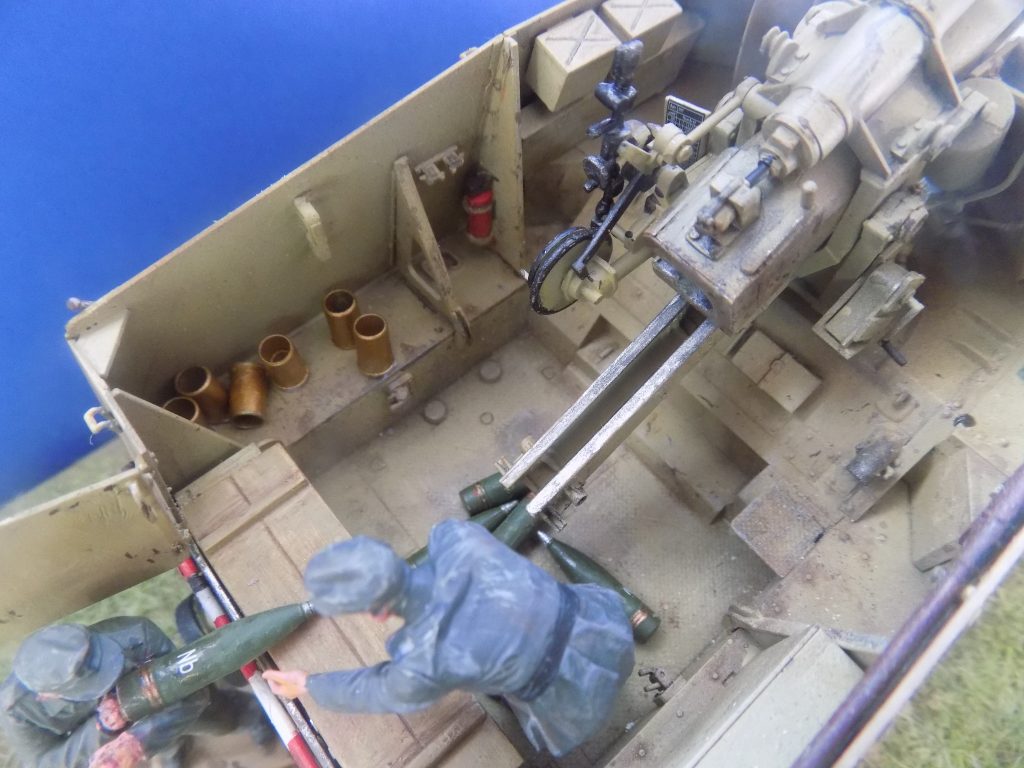
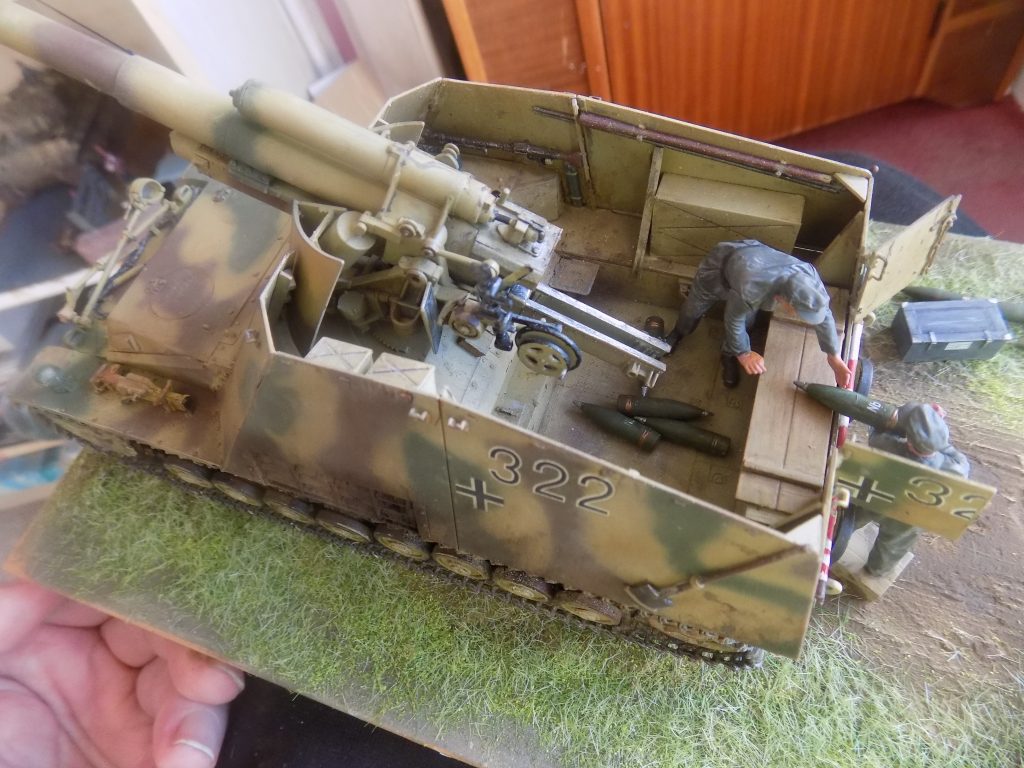
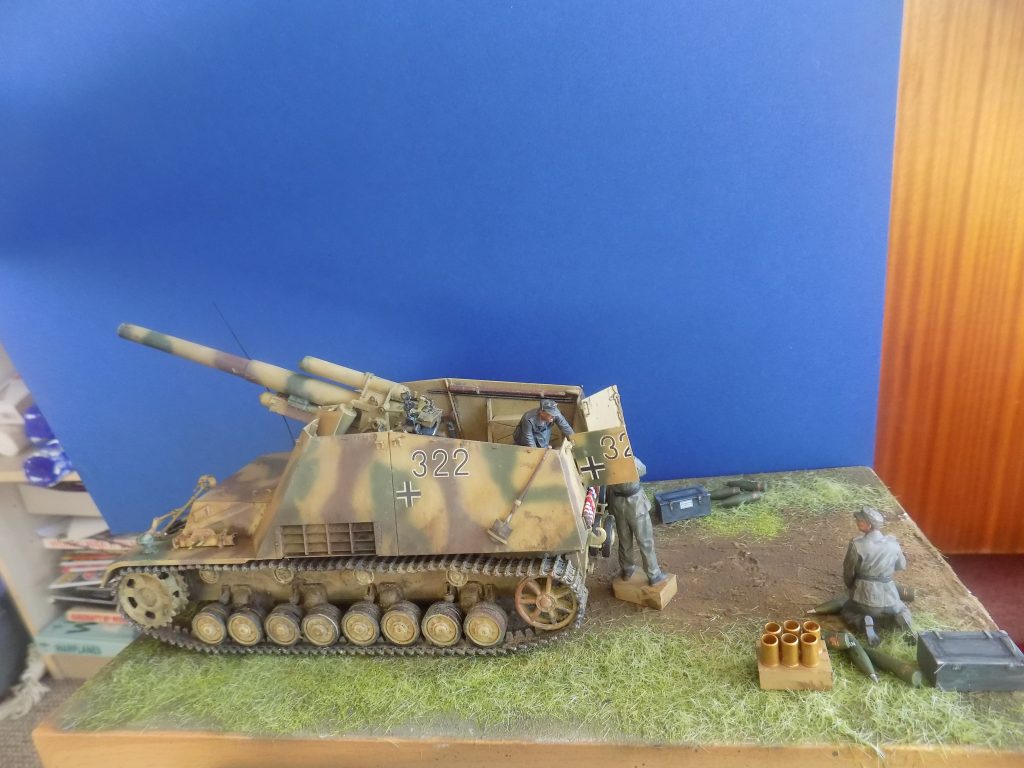
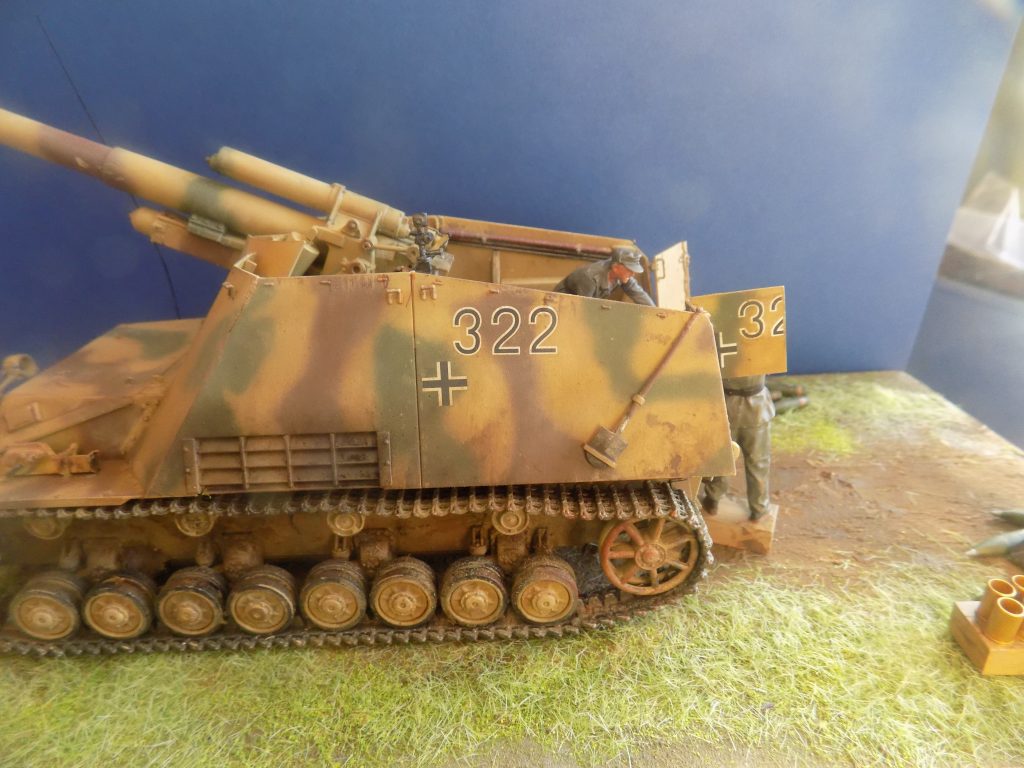
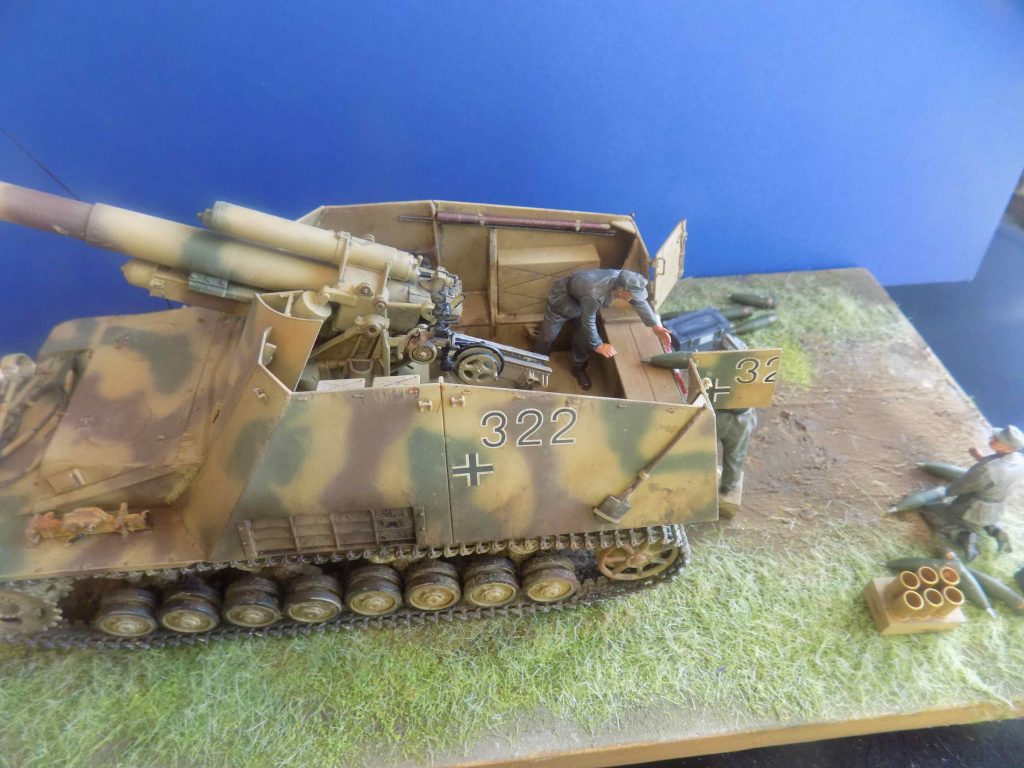
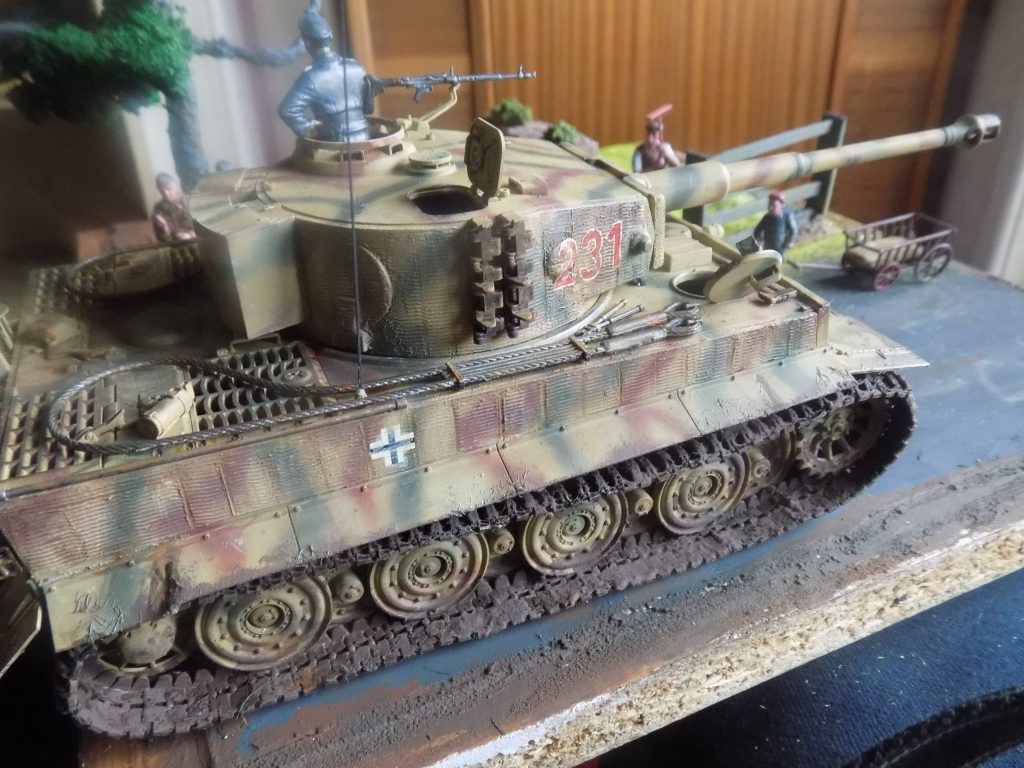
This kit by Tamiya I wanted to incorporate into a diorama. These days, I like my models to depict some sort of story as it makes the hobby more interesting. It comes with 4 Waffen-SS tank crew figures and so that was a good basis. One of them is holding a cup which I made from tiny plastic tubing! The commander is a Panzer Ace.

It is supposed to be somewhere in Normandy behind the front in 1944. The crew are having a breather before resuming the battle to repel the Allied invasion, while some French villagers look on. At the time of the invasion there were just 3 Tigers stationed in Normandy!
The Tiger is such a symbol of German military prowess that there is really no need for me to discuss it here suffice to say it suffered from several serious deficiencies:
That said, its protection was unrivalled, and its legendary main armament was without doubt the most lethal at the time.
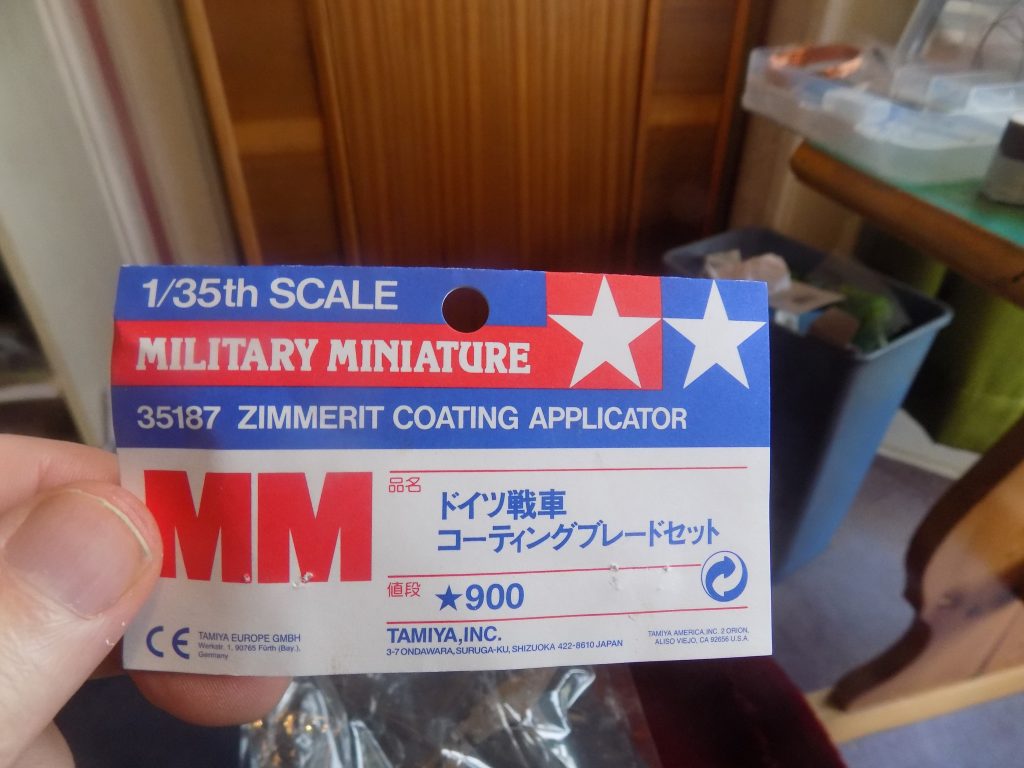
I used a special tool from Tamiya for applying the ‘Zimmerit’ anti-magnetic mine paste to the hull and turret of the tank which is made from Tamiya putty. The model was first airbrushed hull red brown which was the factory undercoat colour. Then it was airbrushed in the standard dark yellow /red brown/ green camouflage pattern. I was quite pleased with the Zimmerit finish as it was my first attempt.
